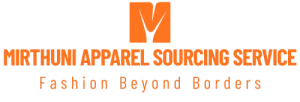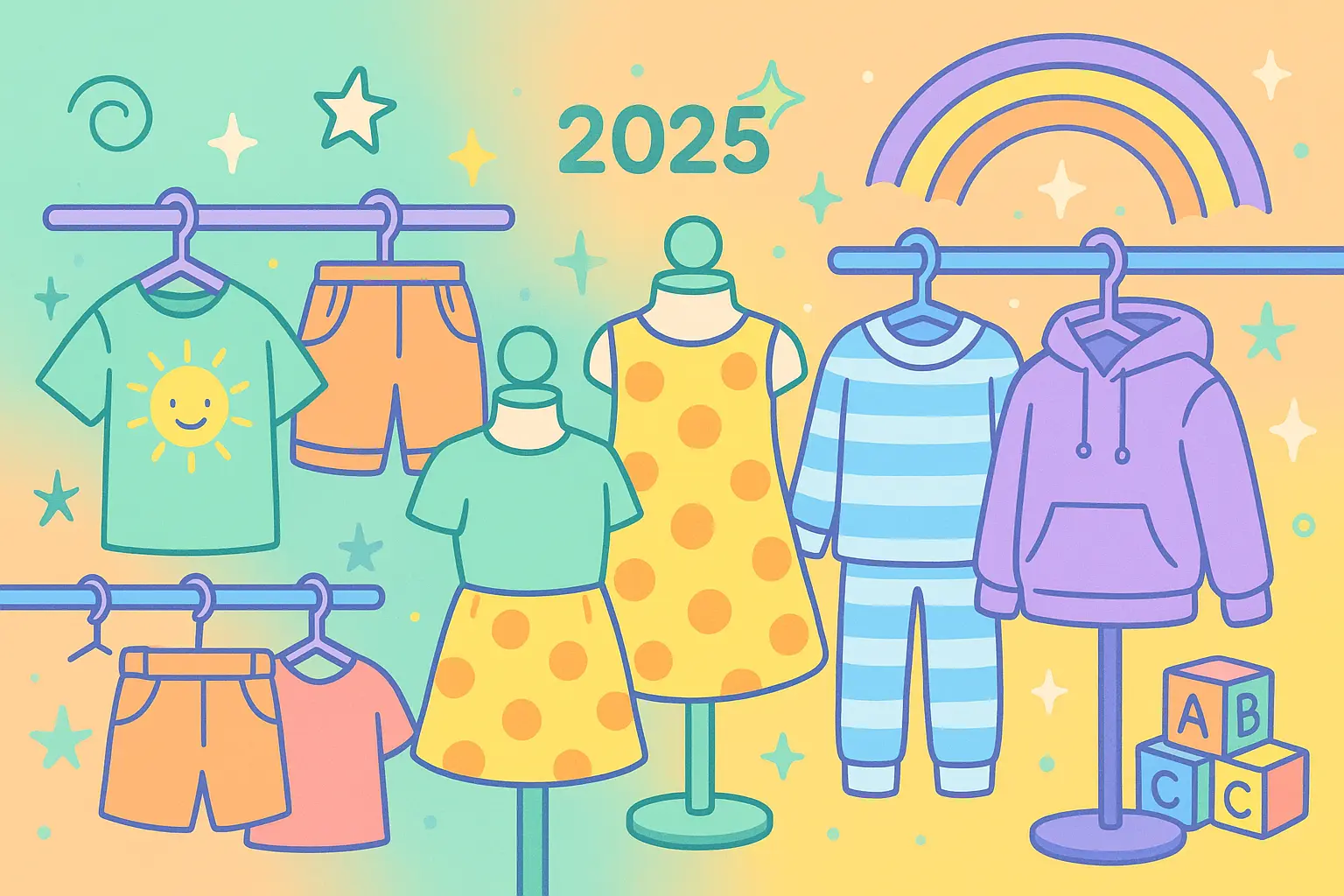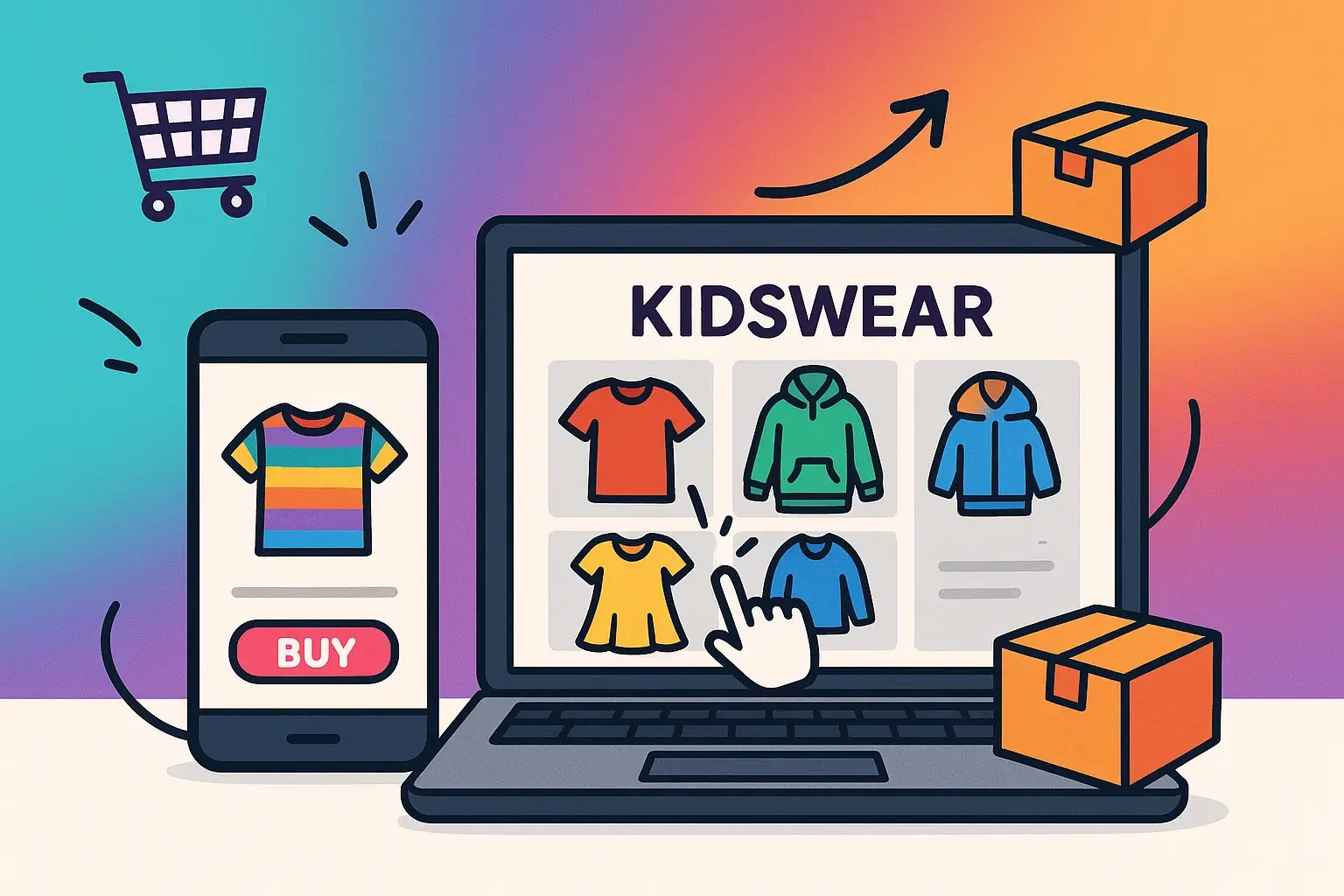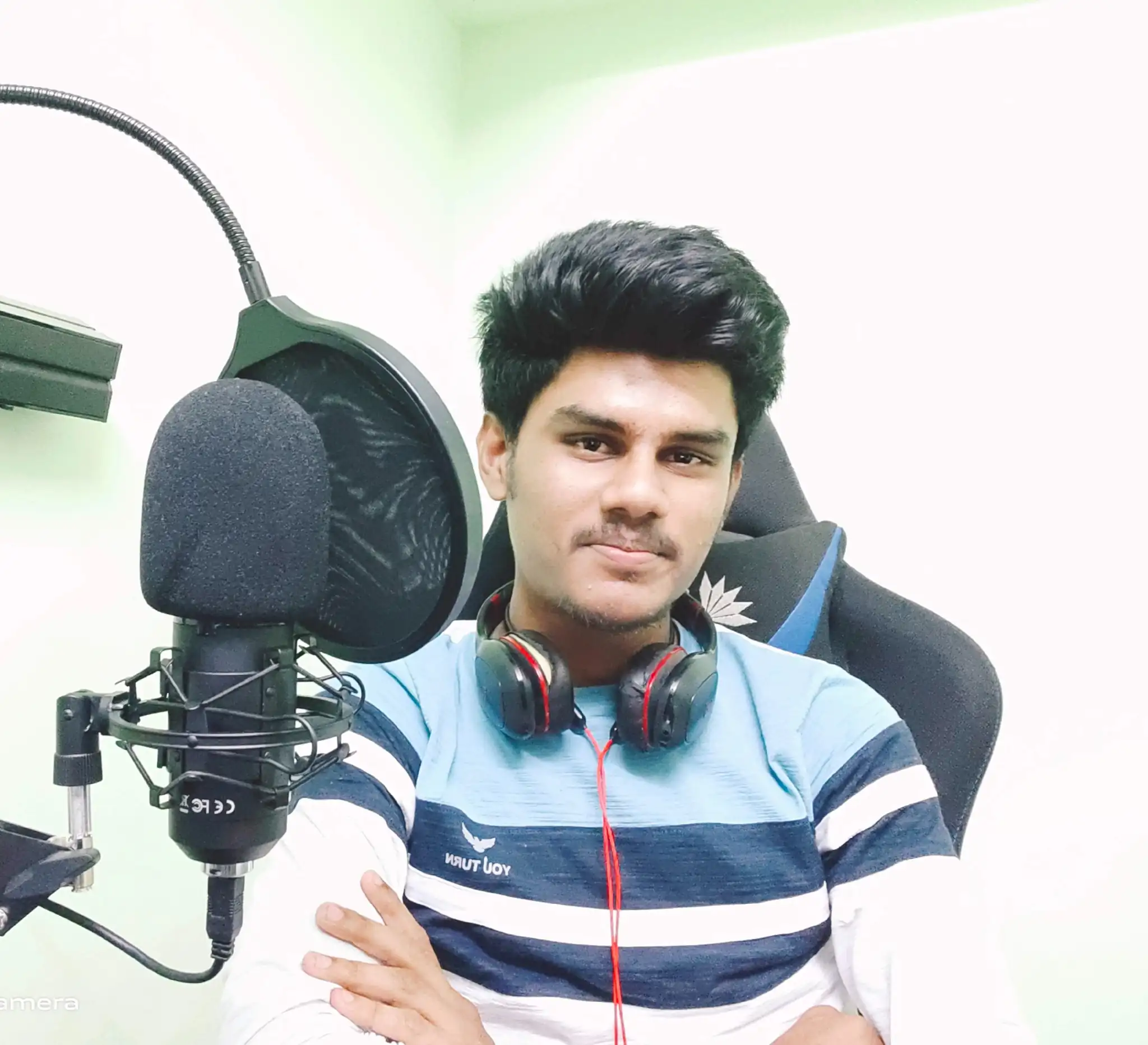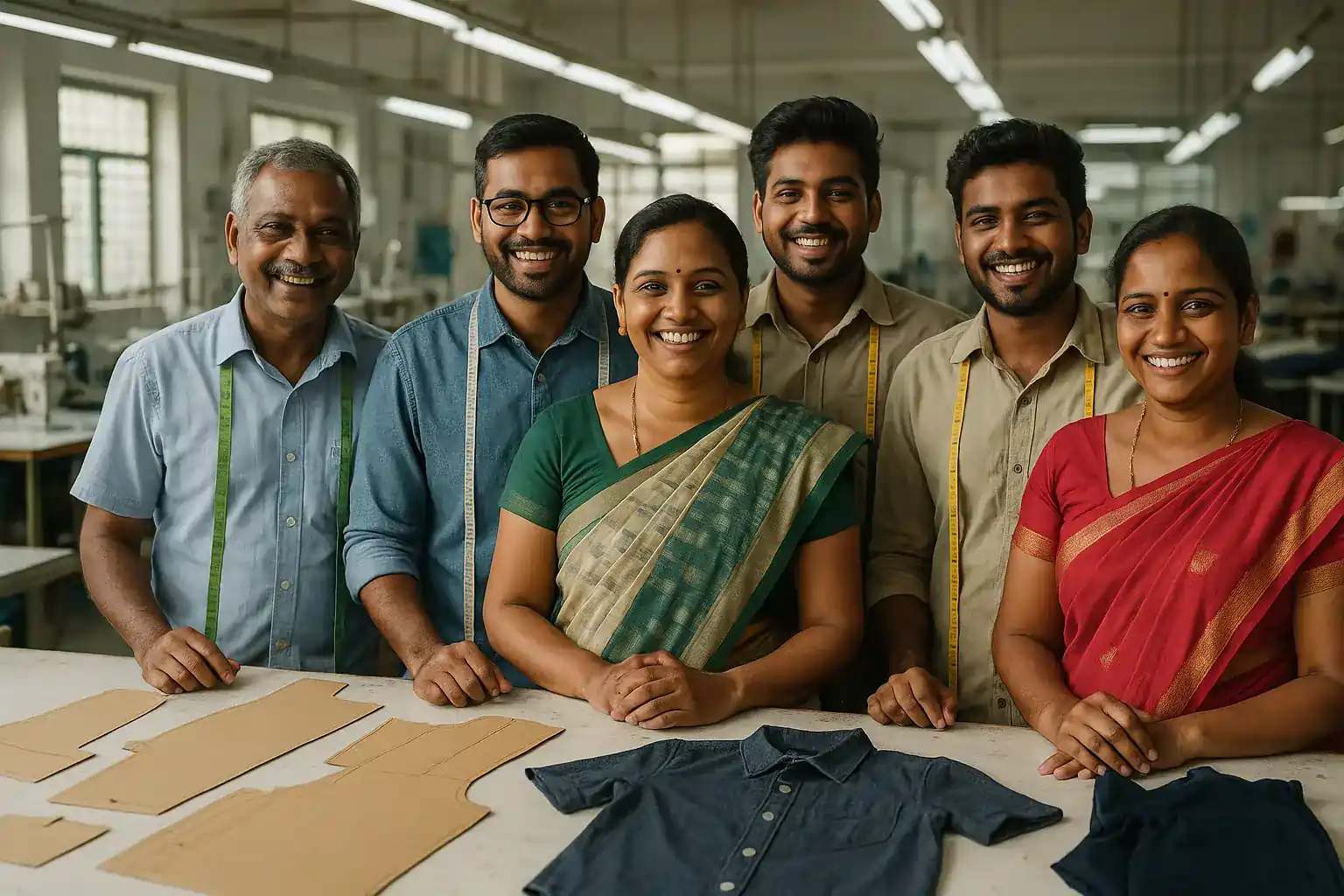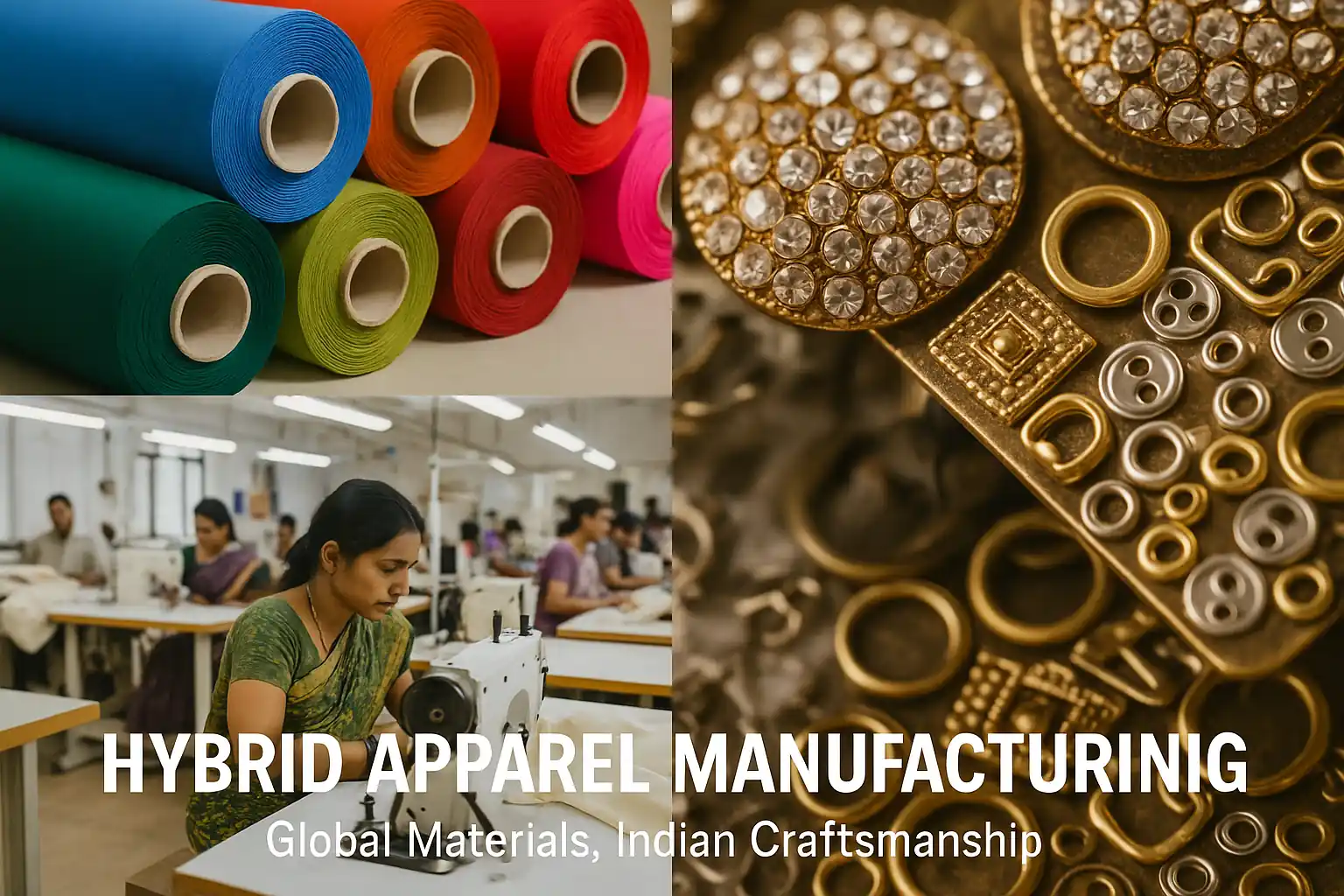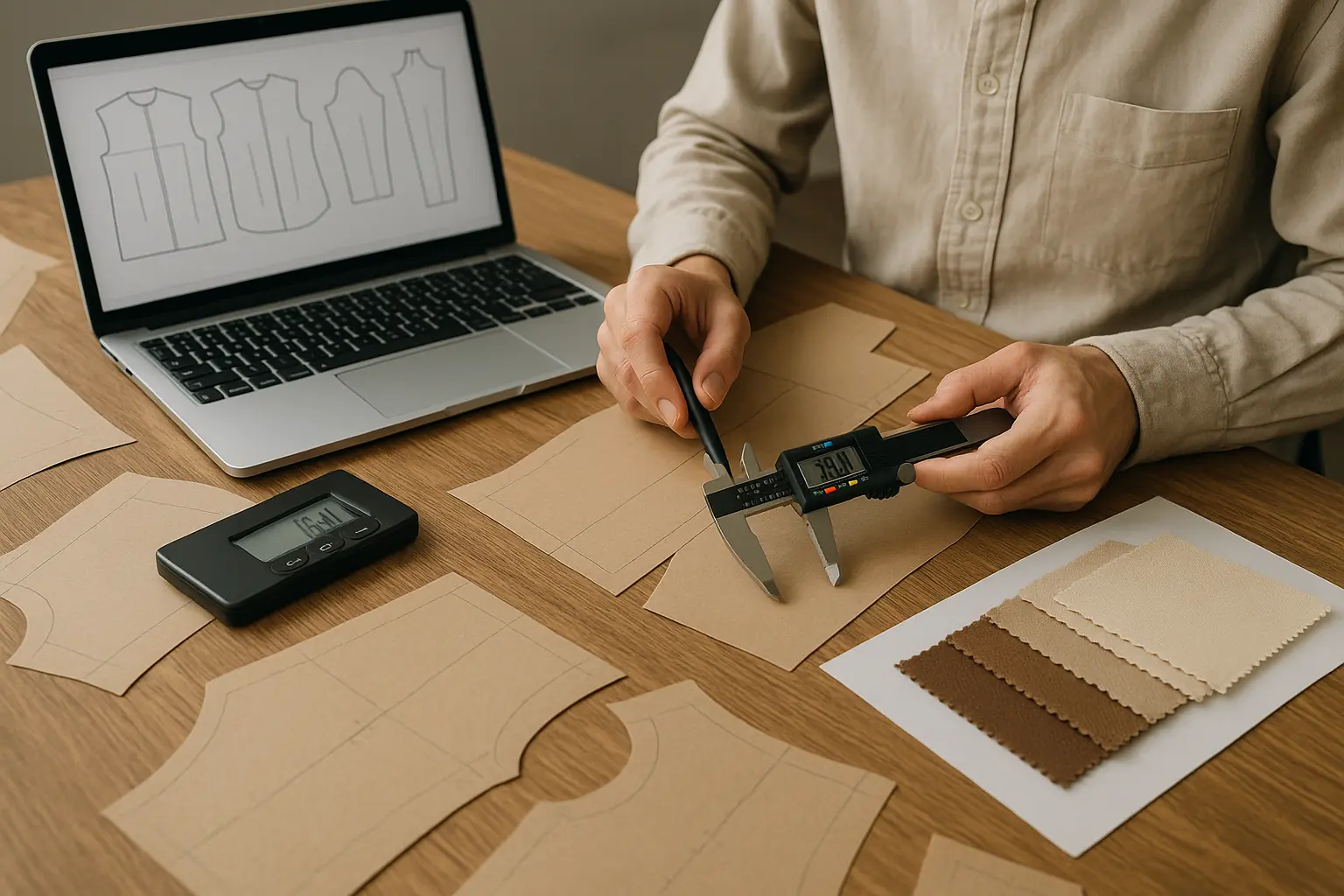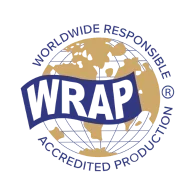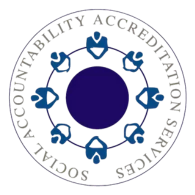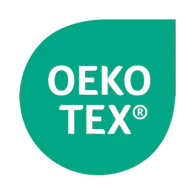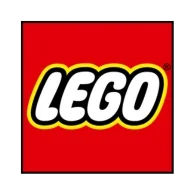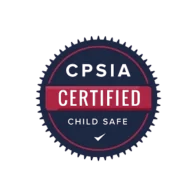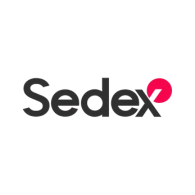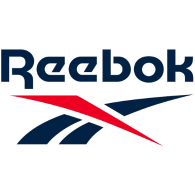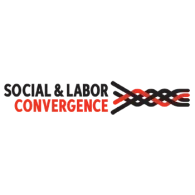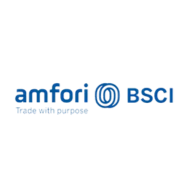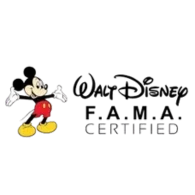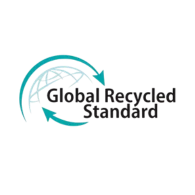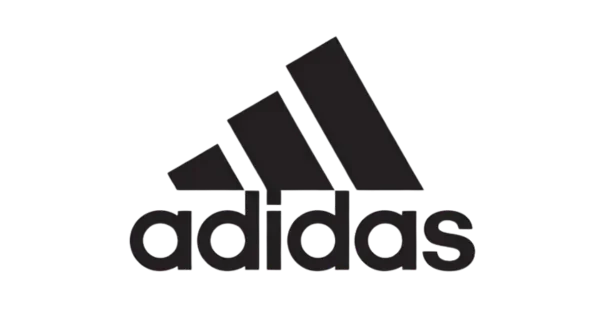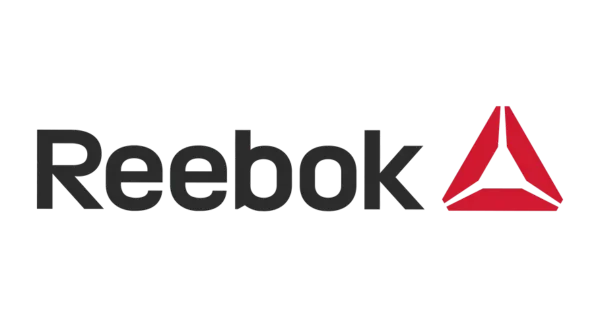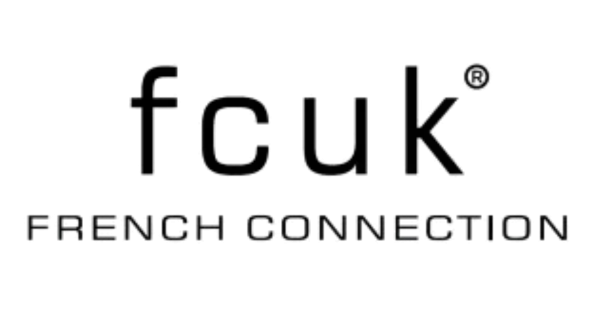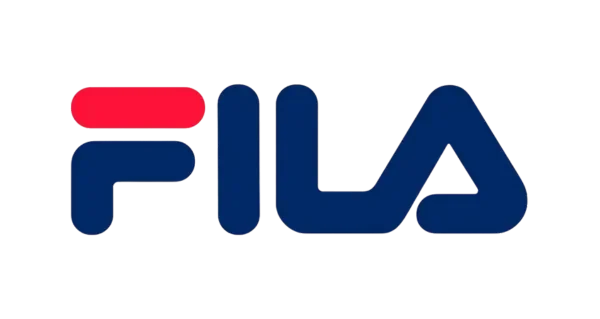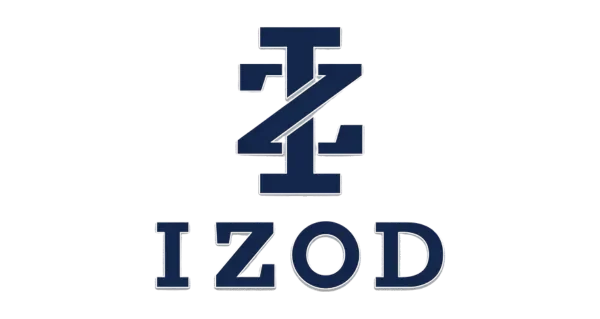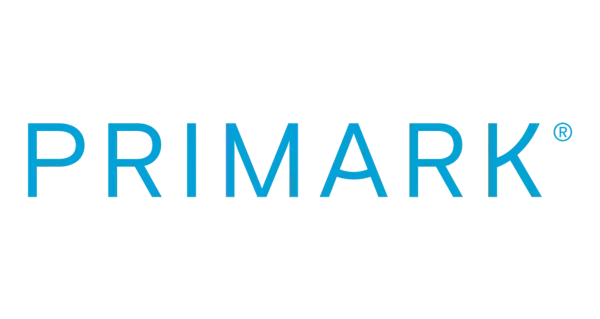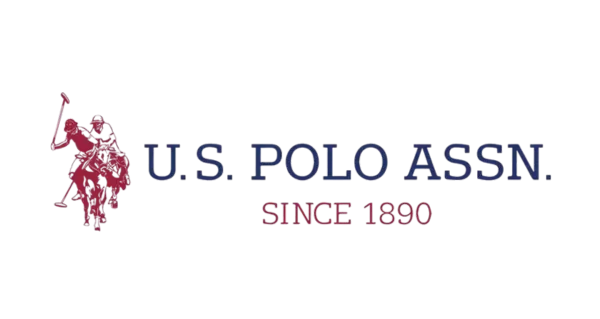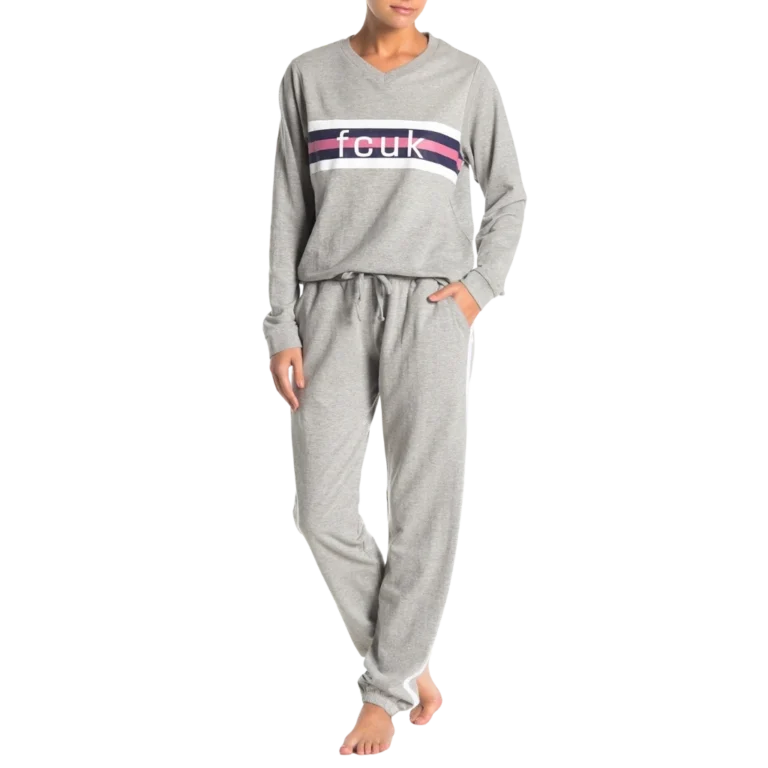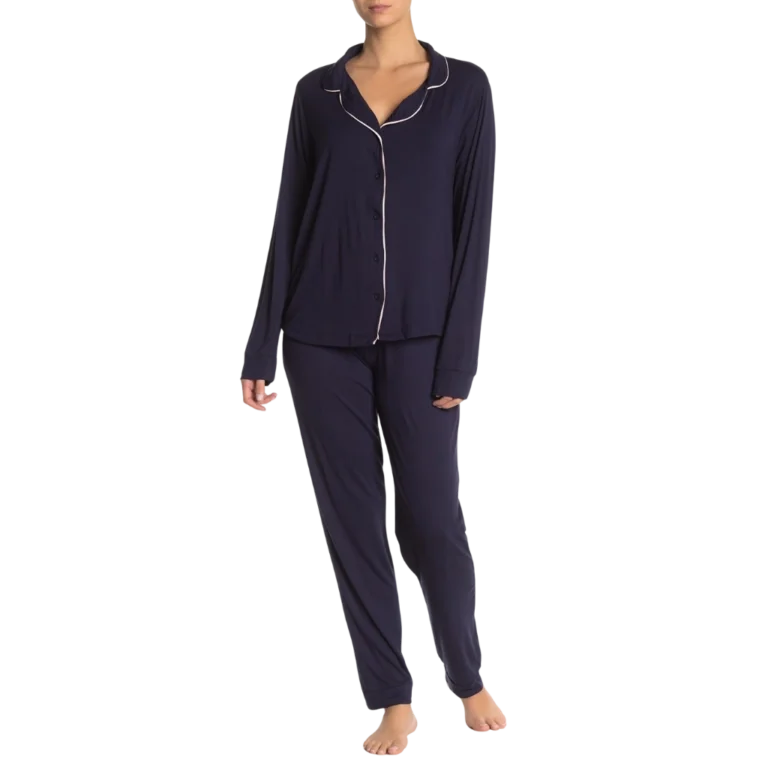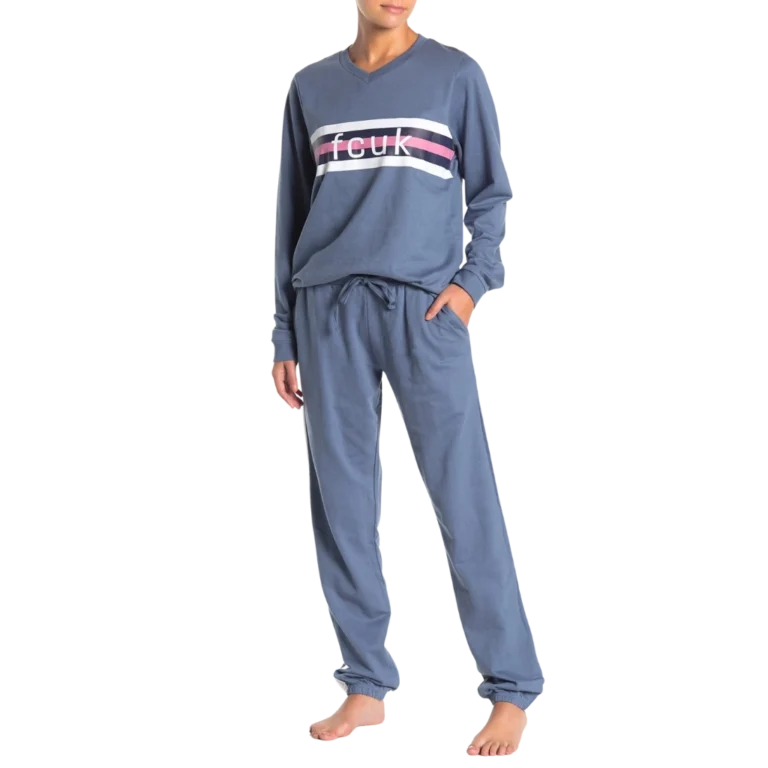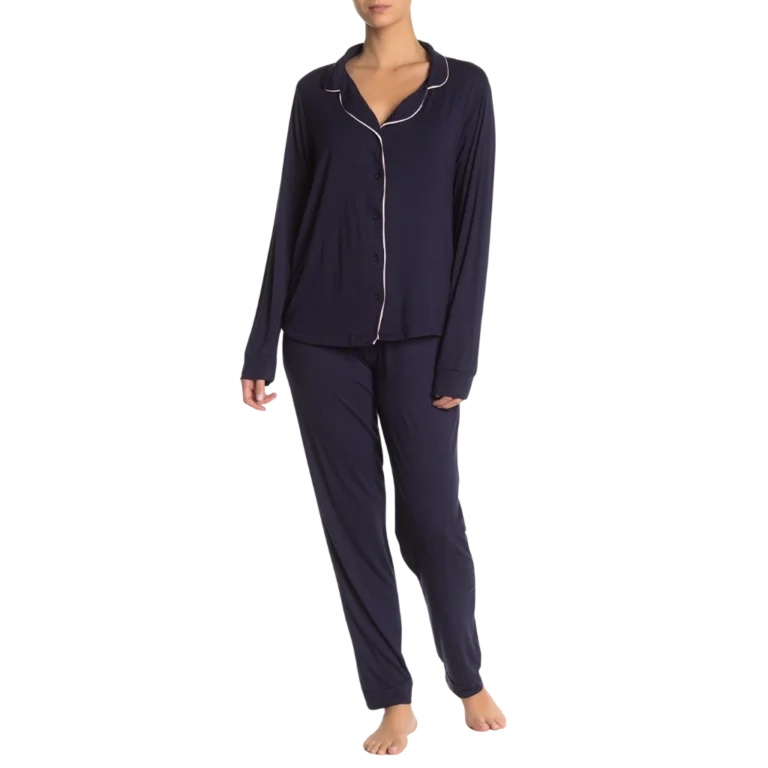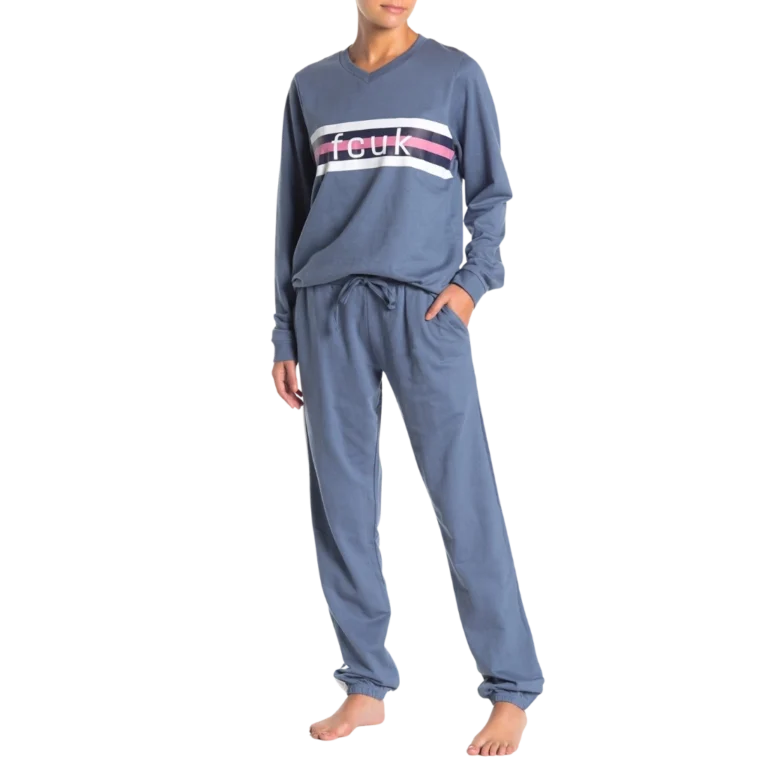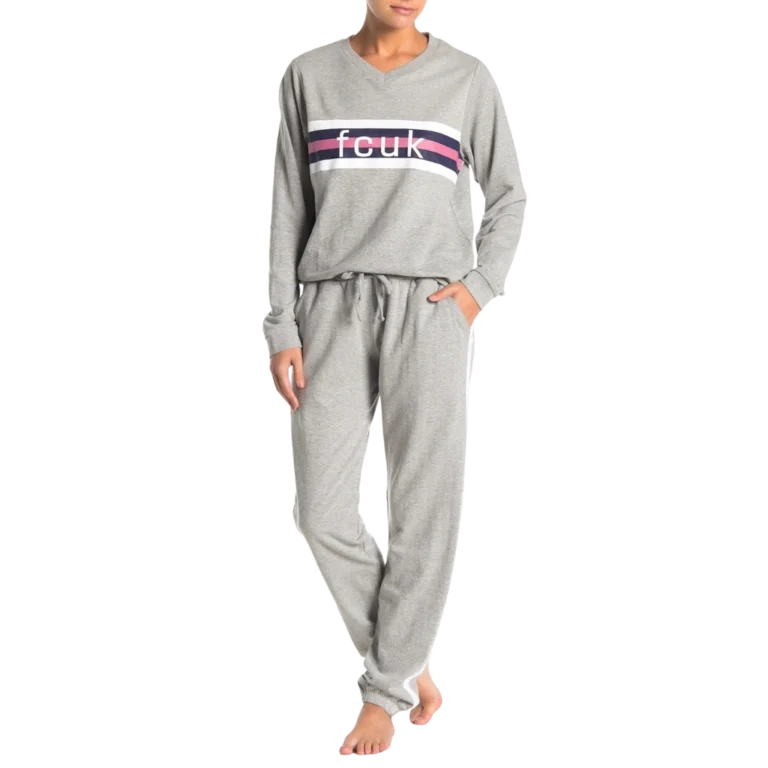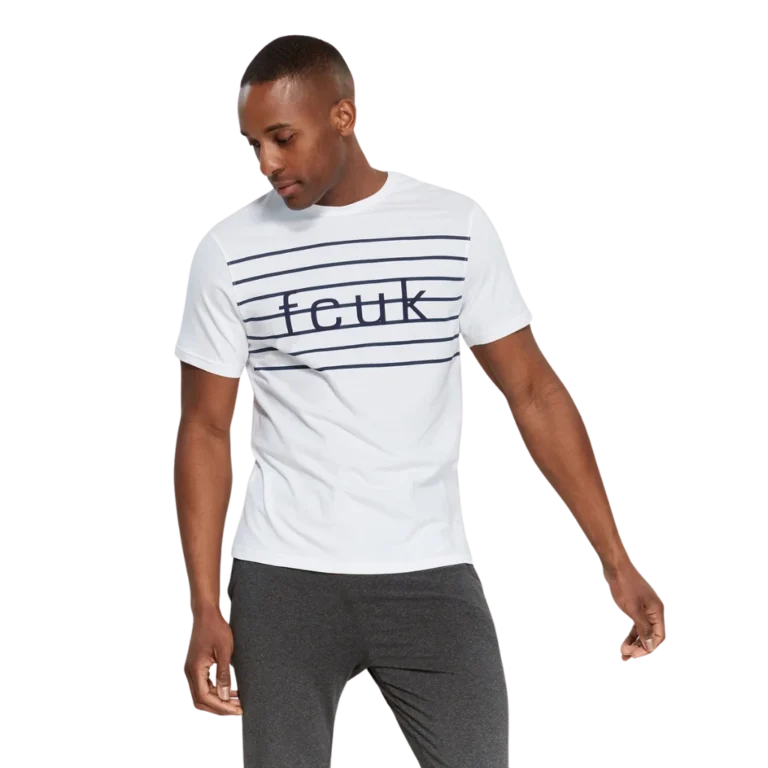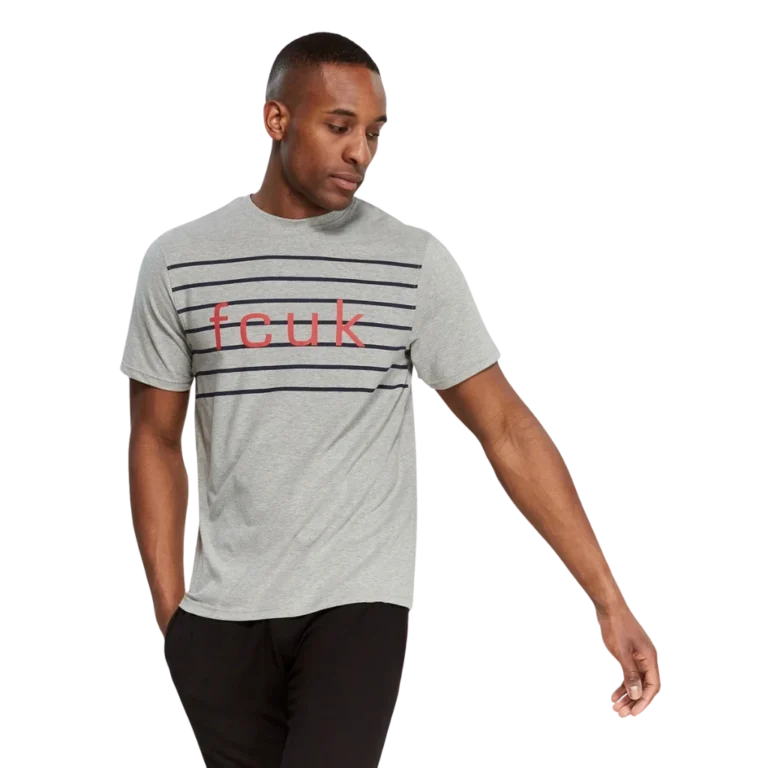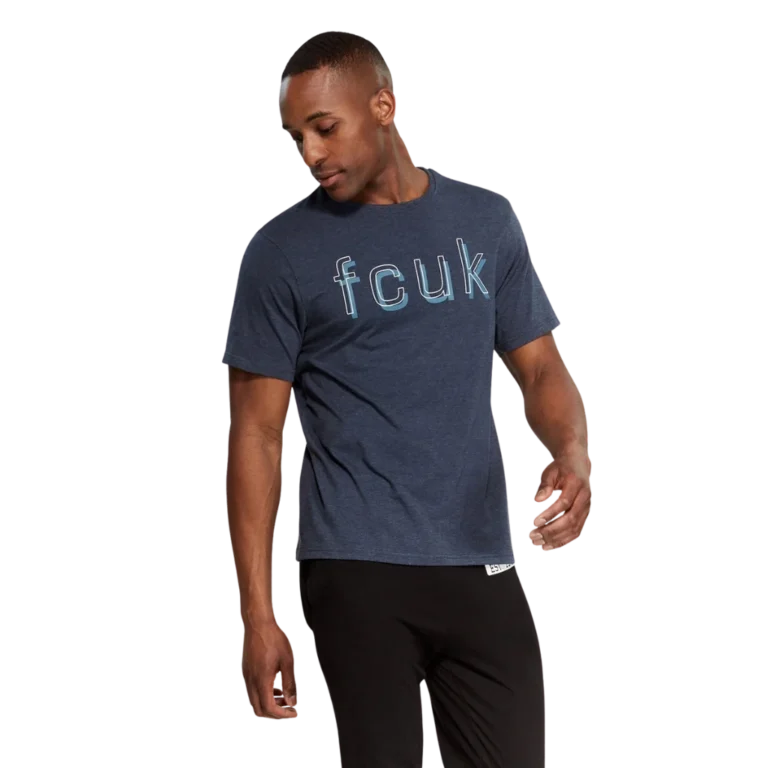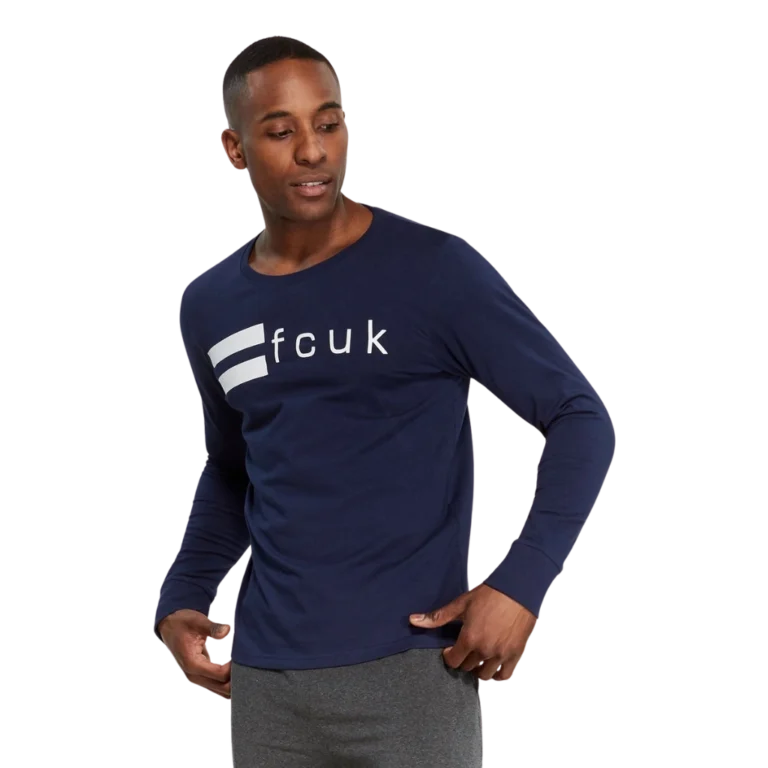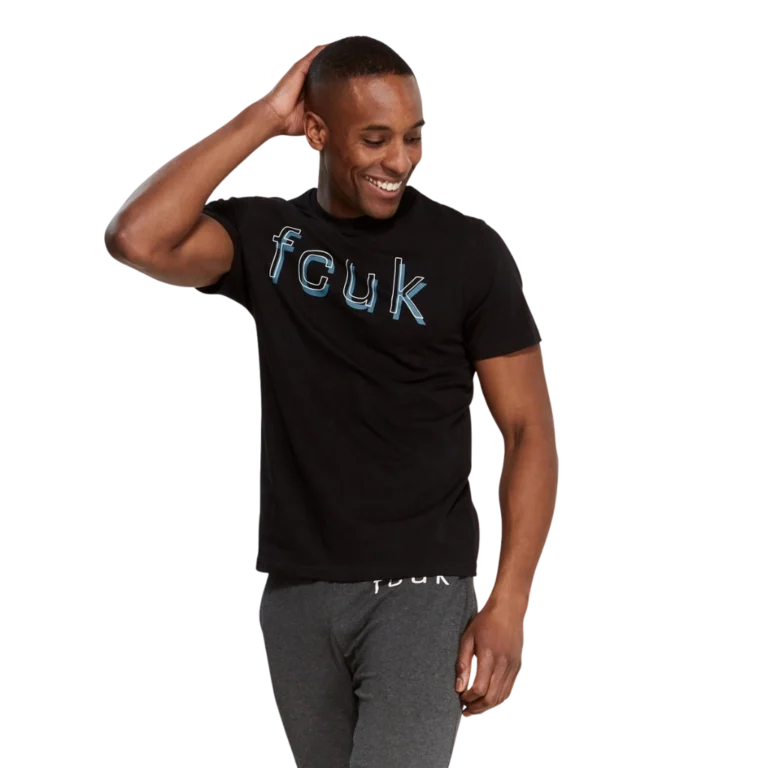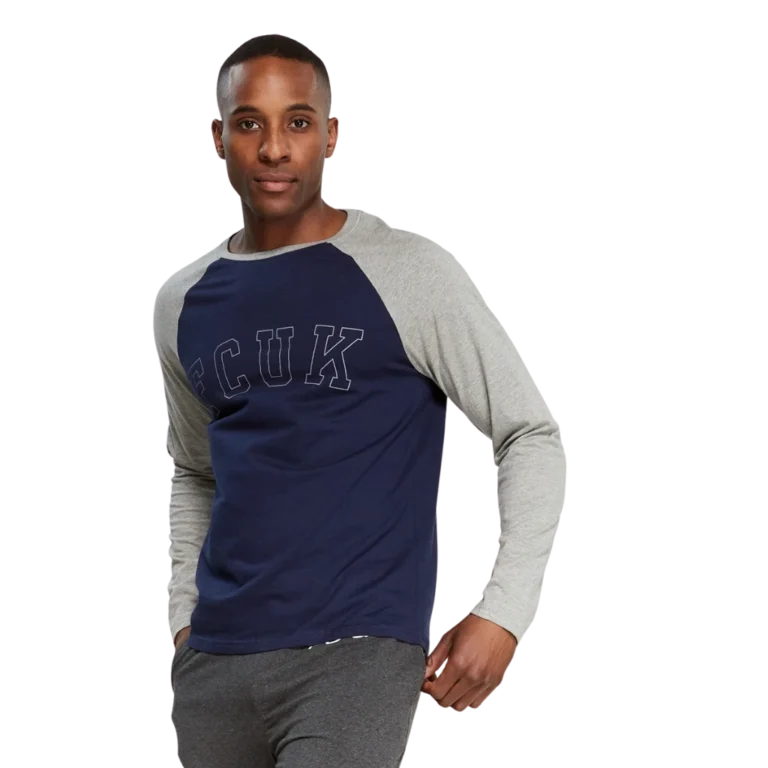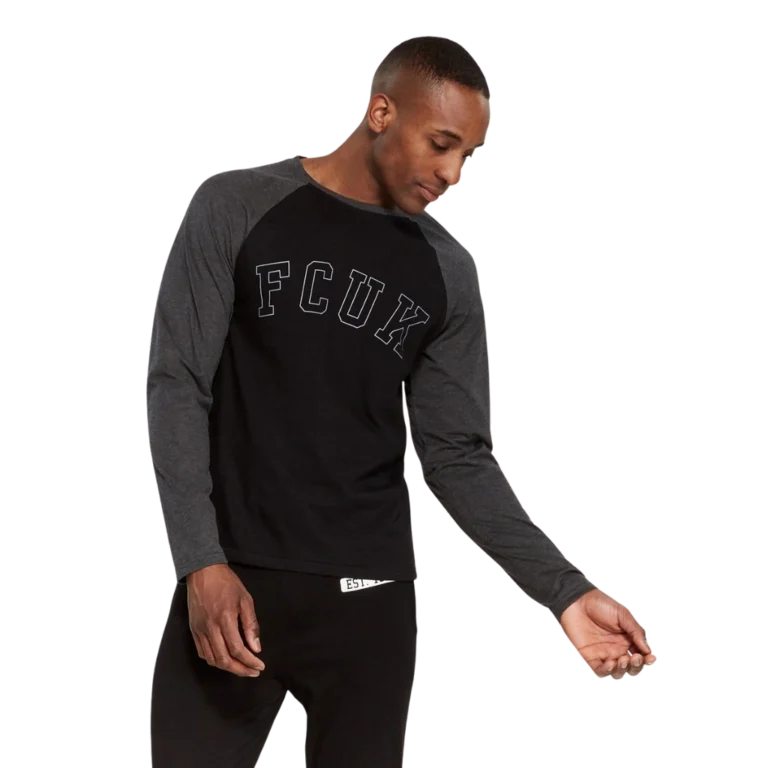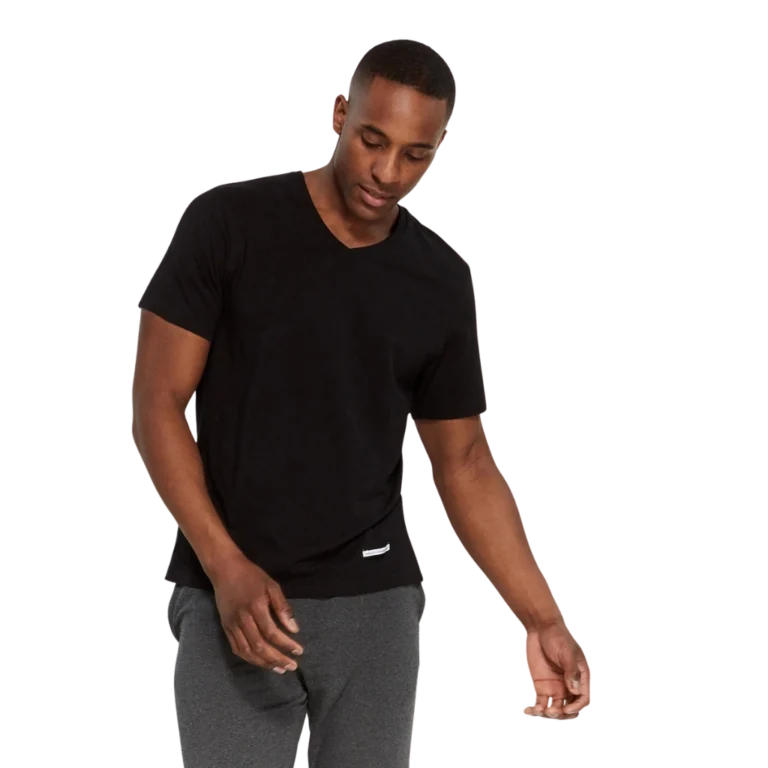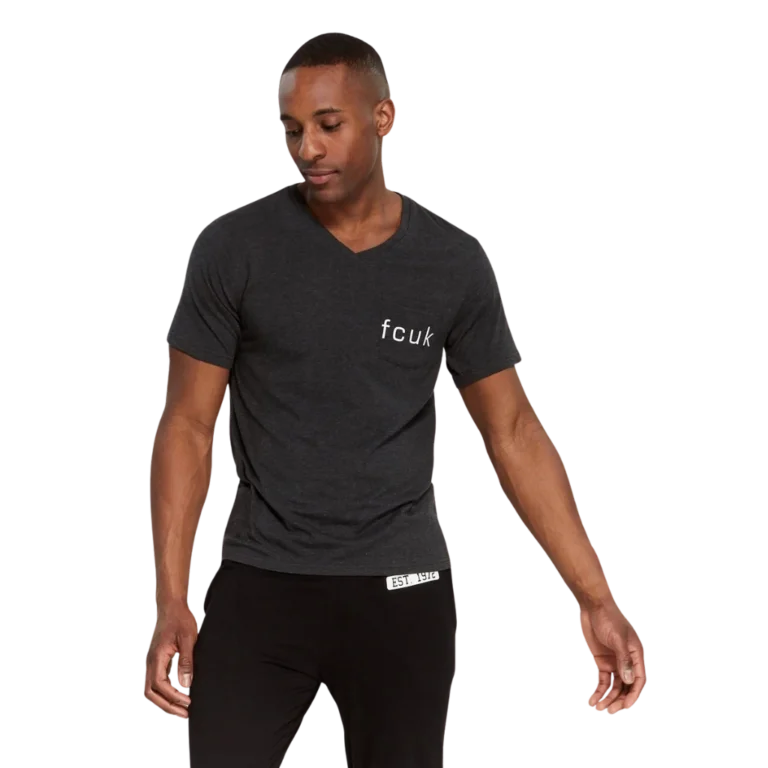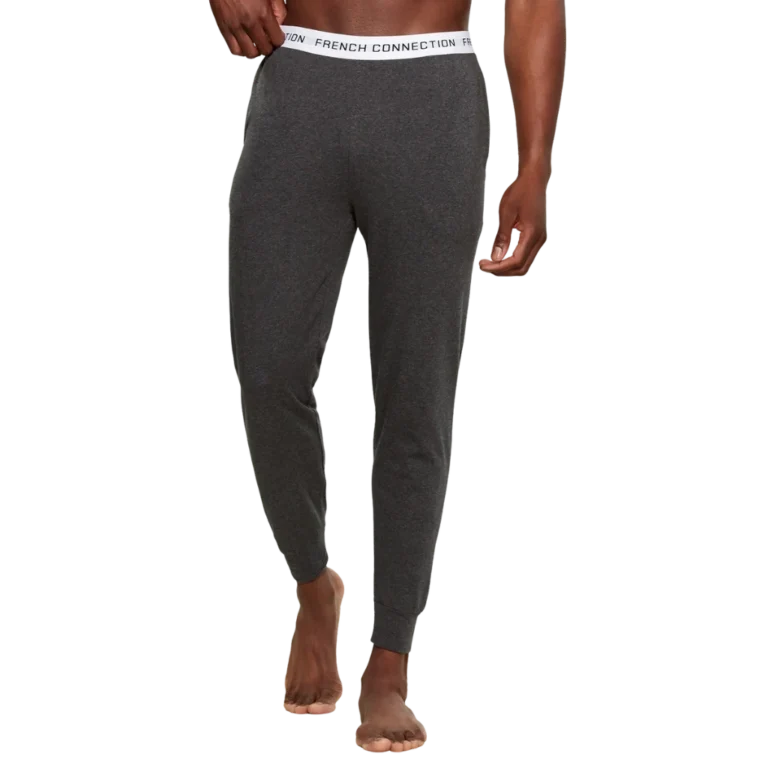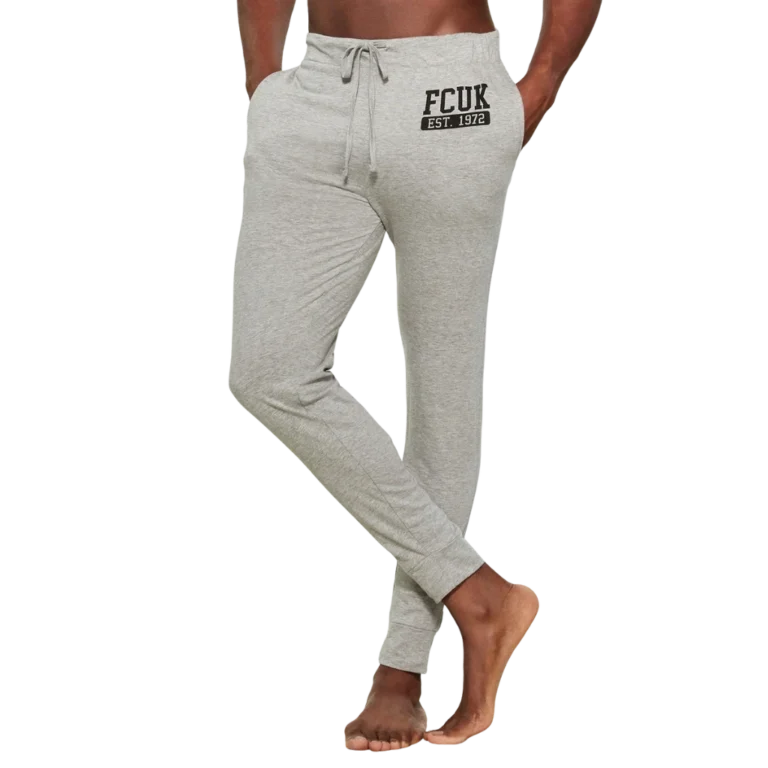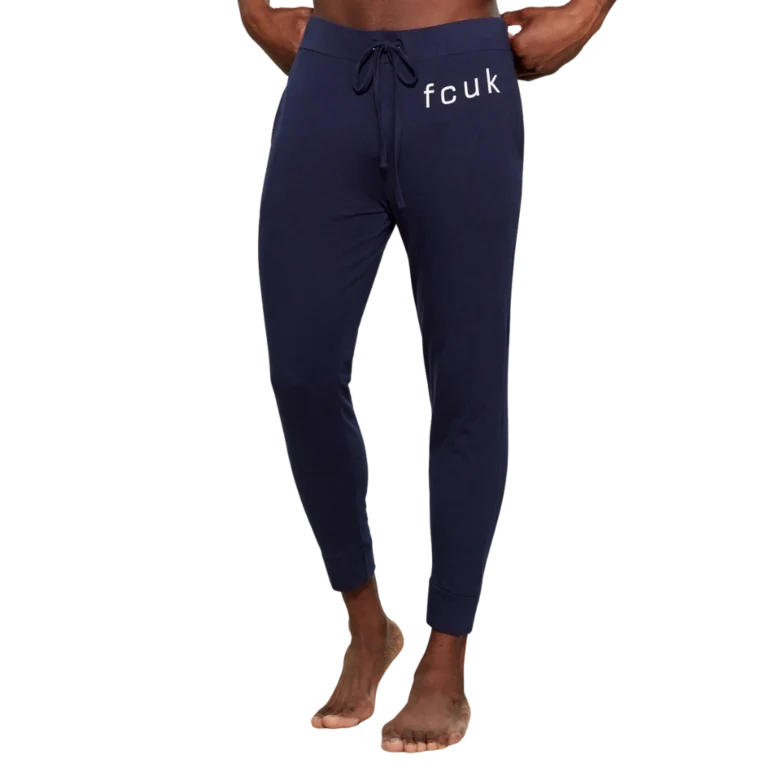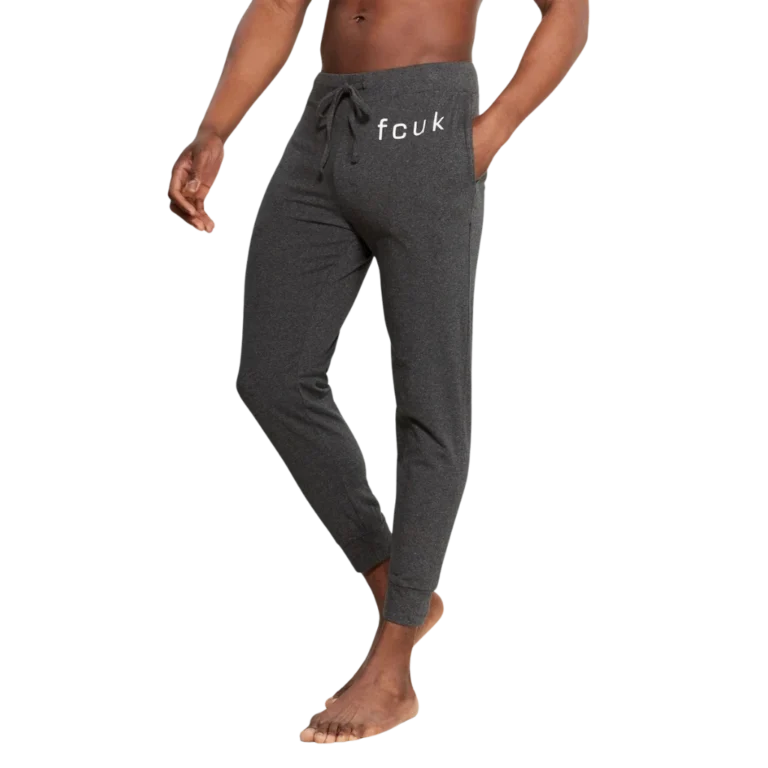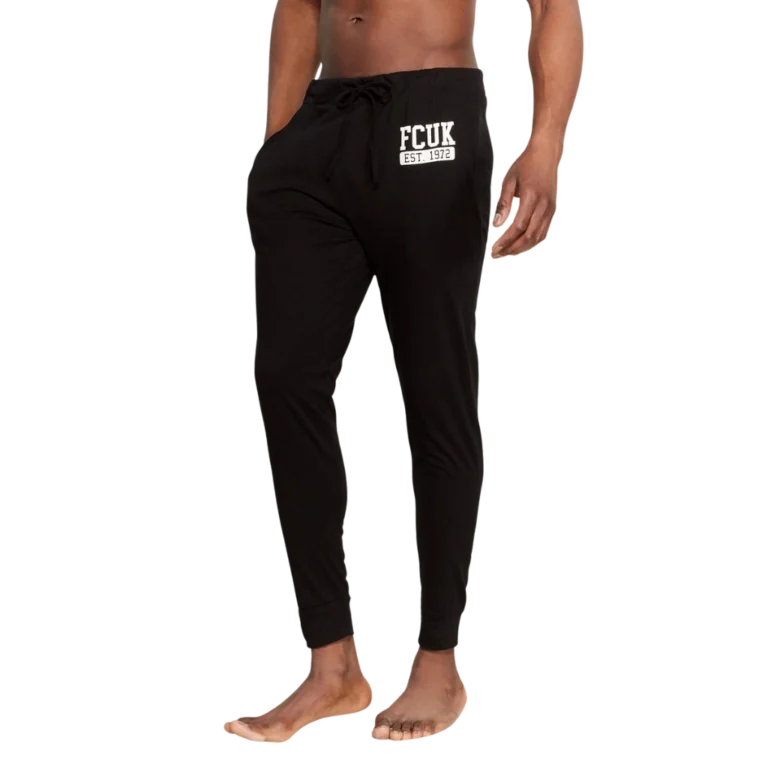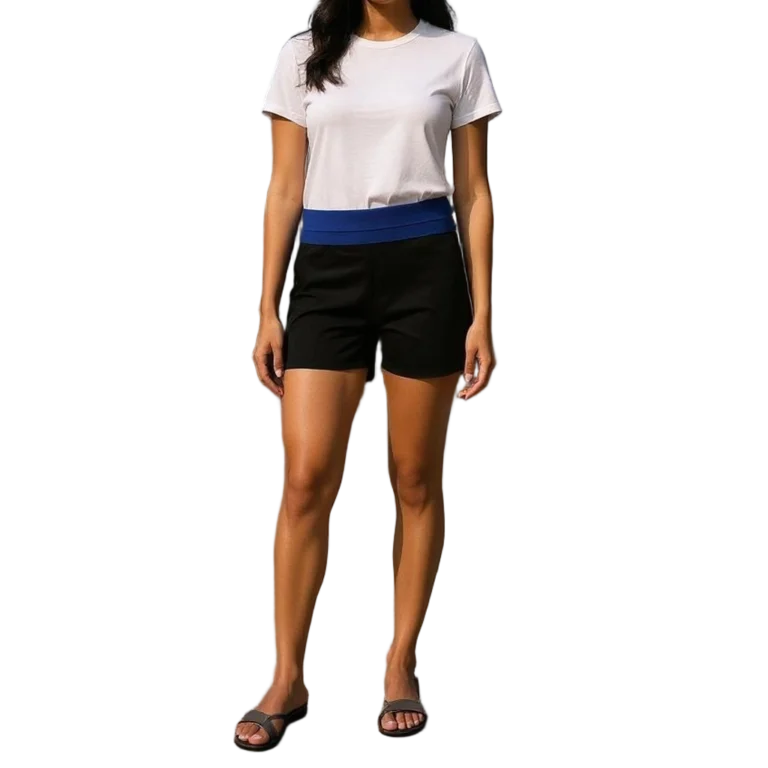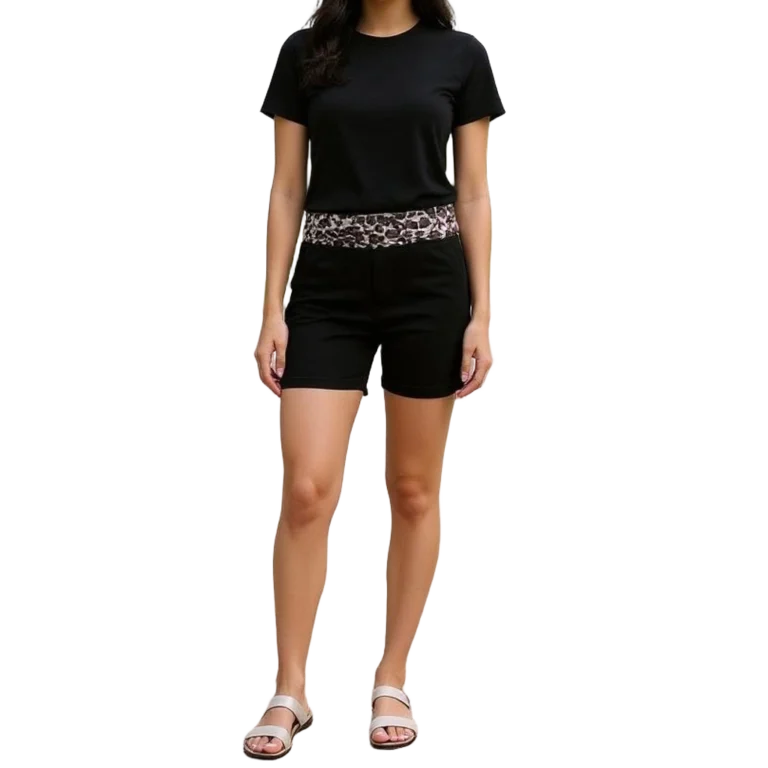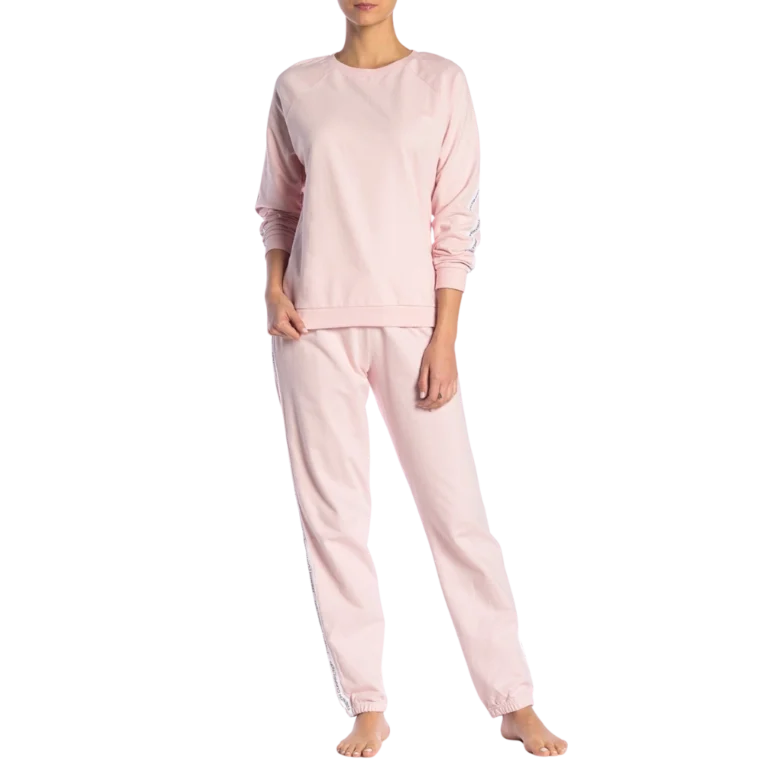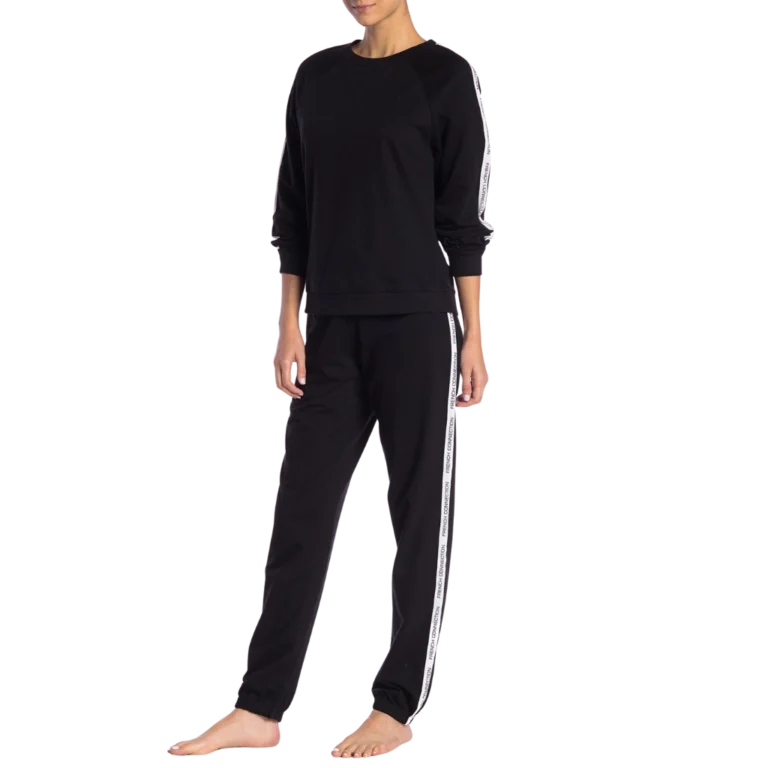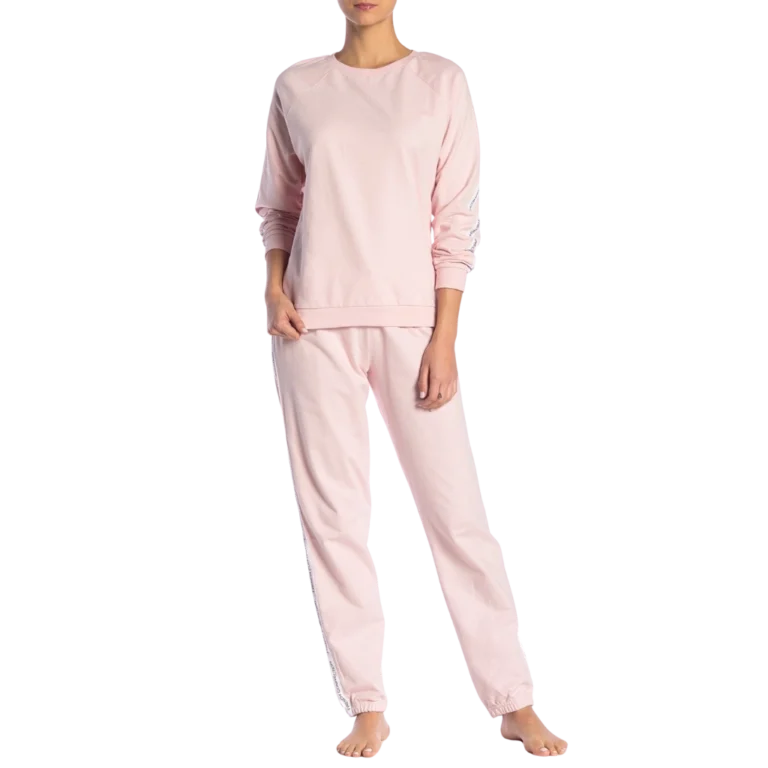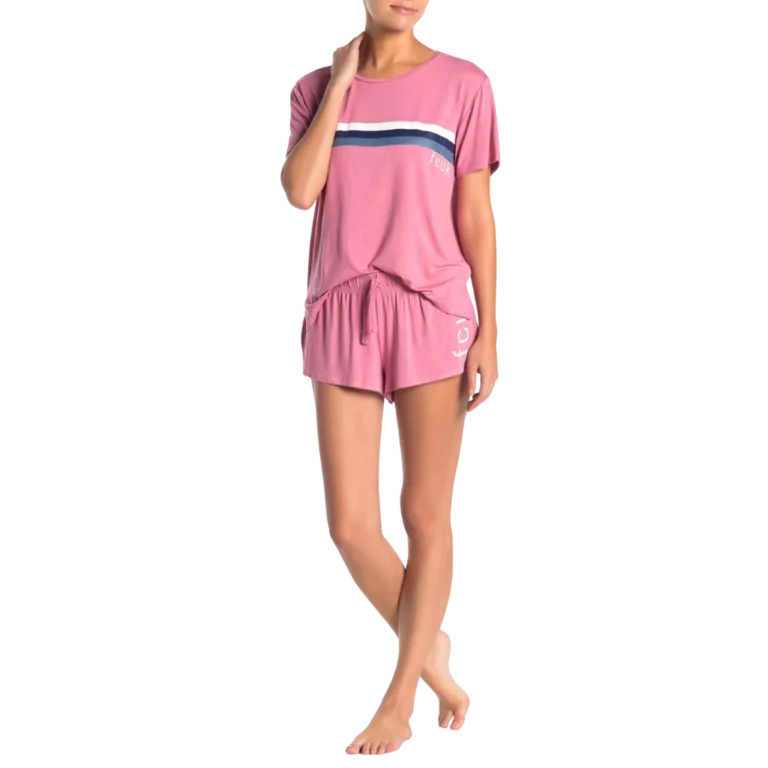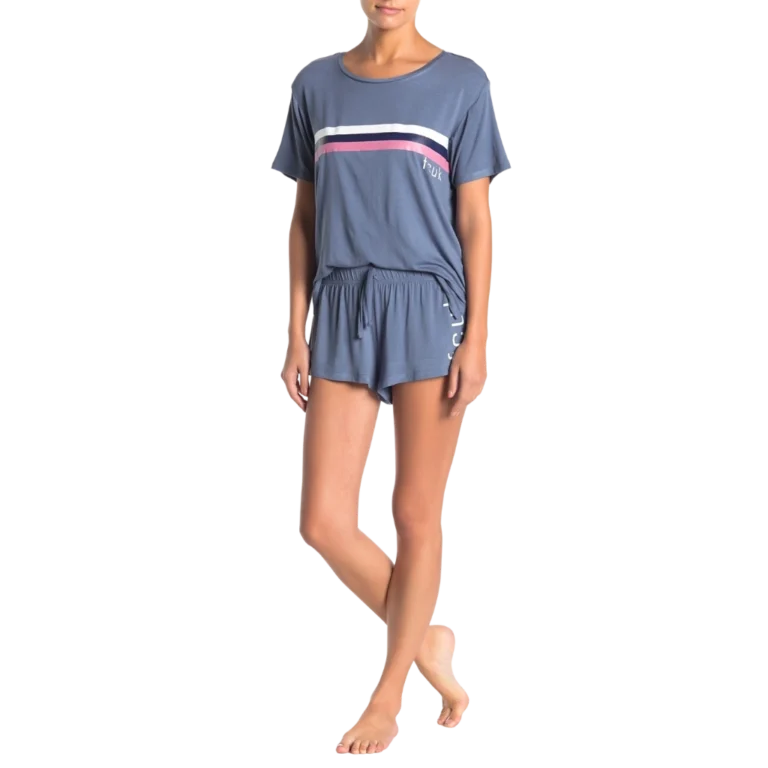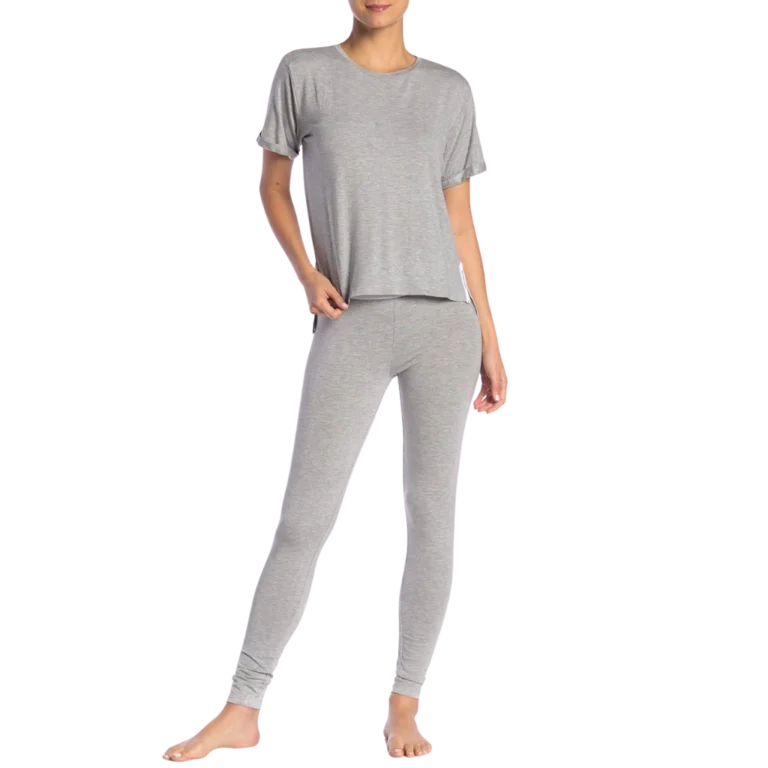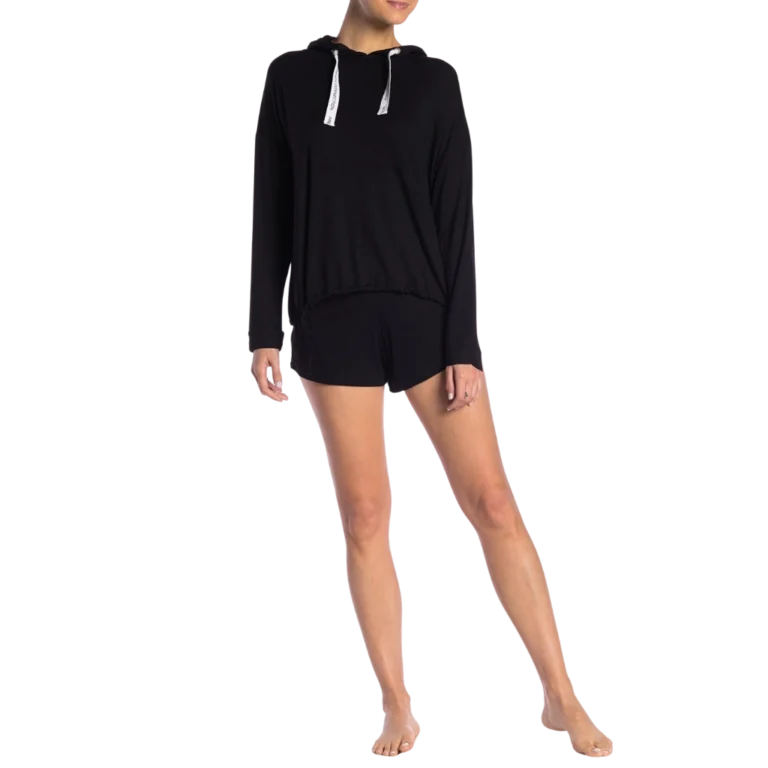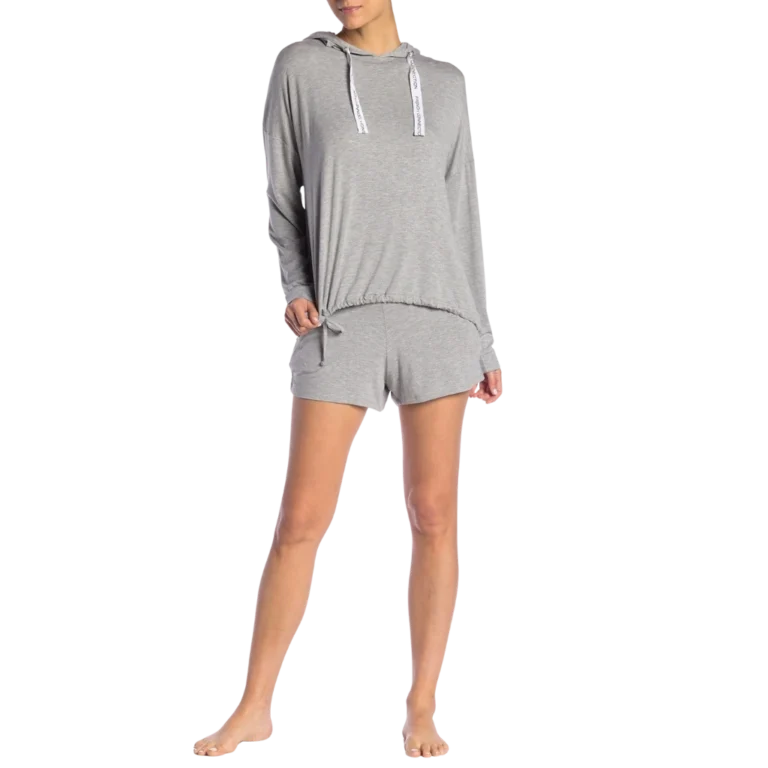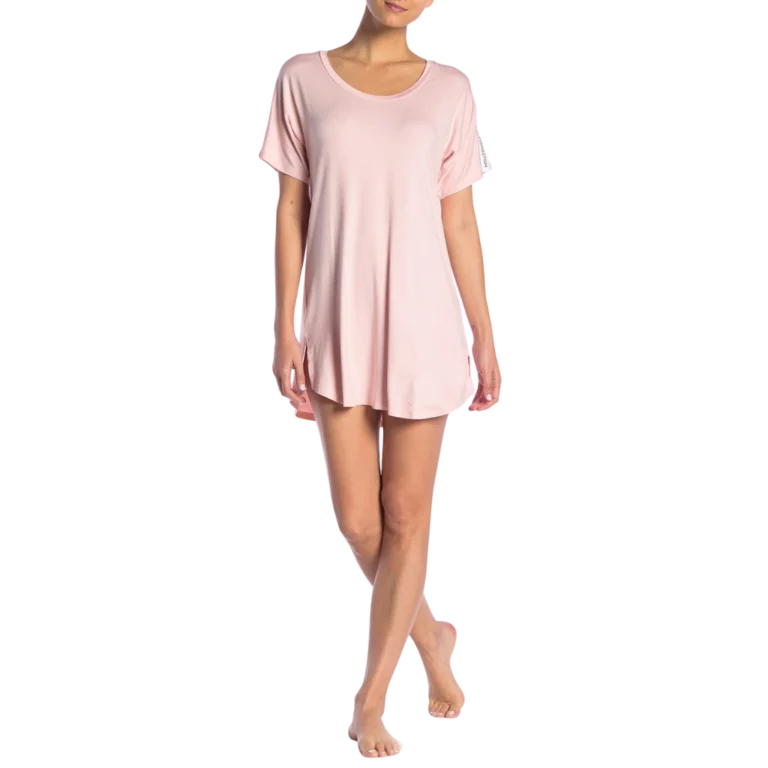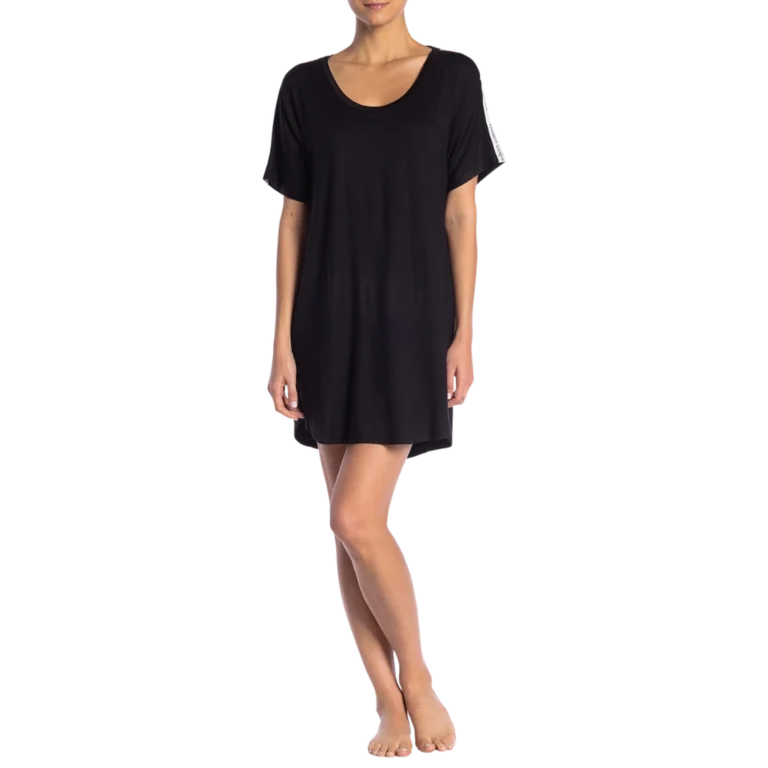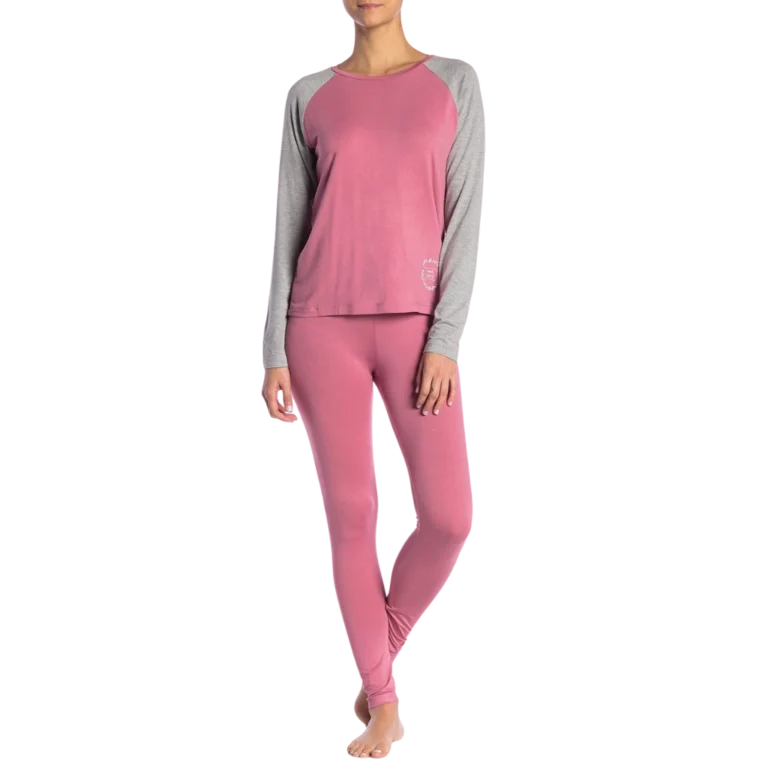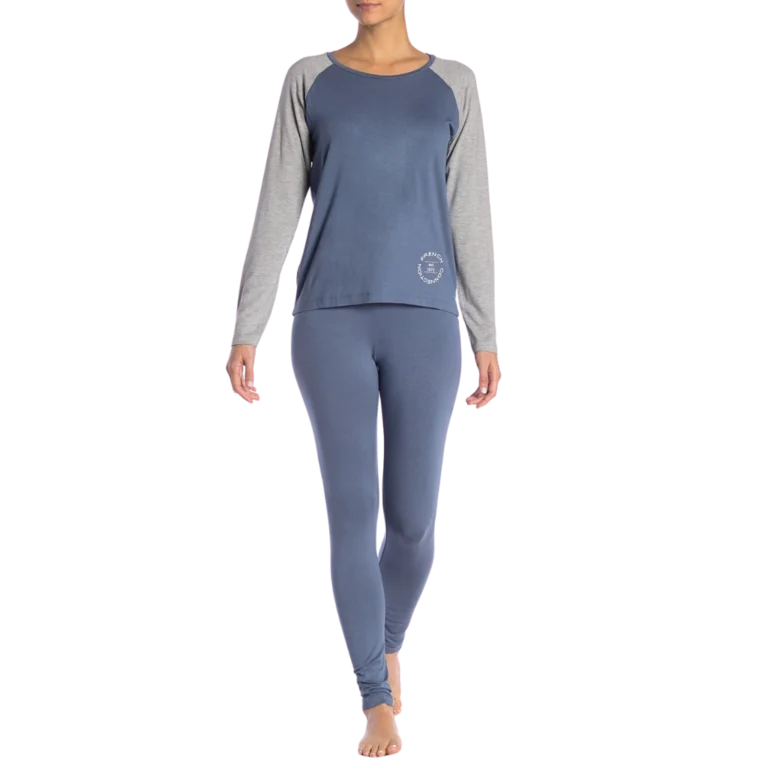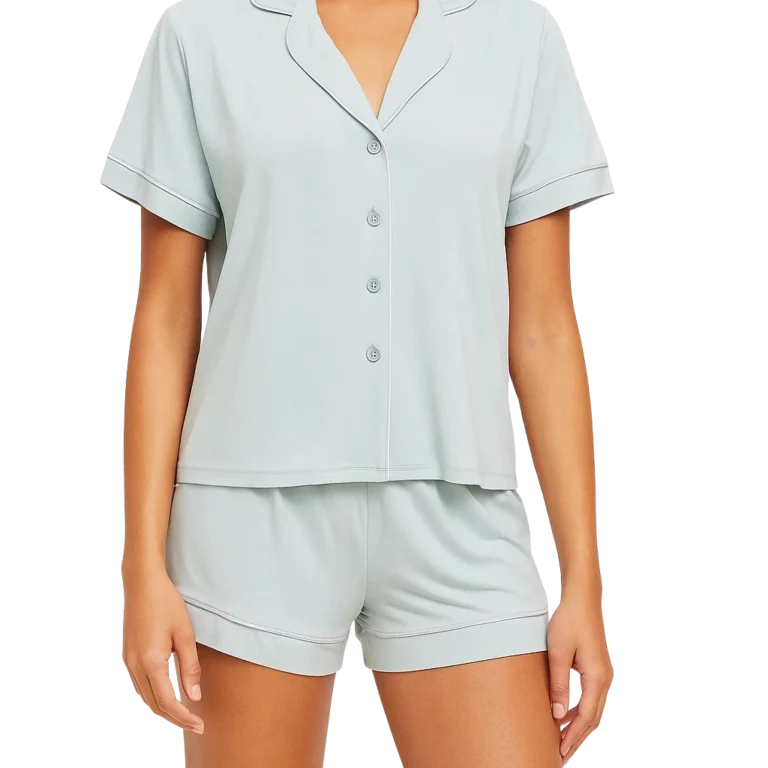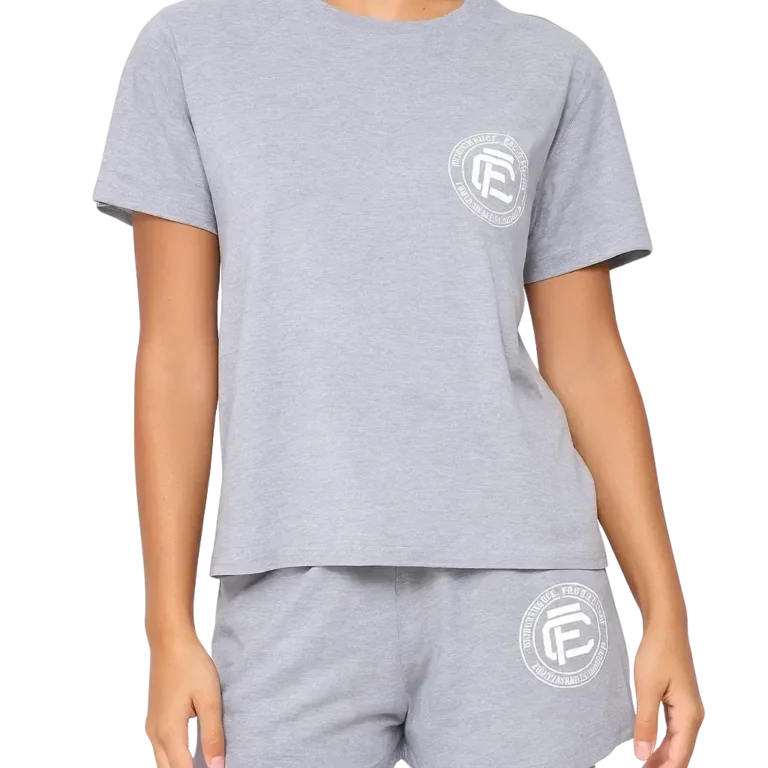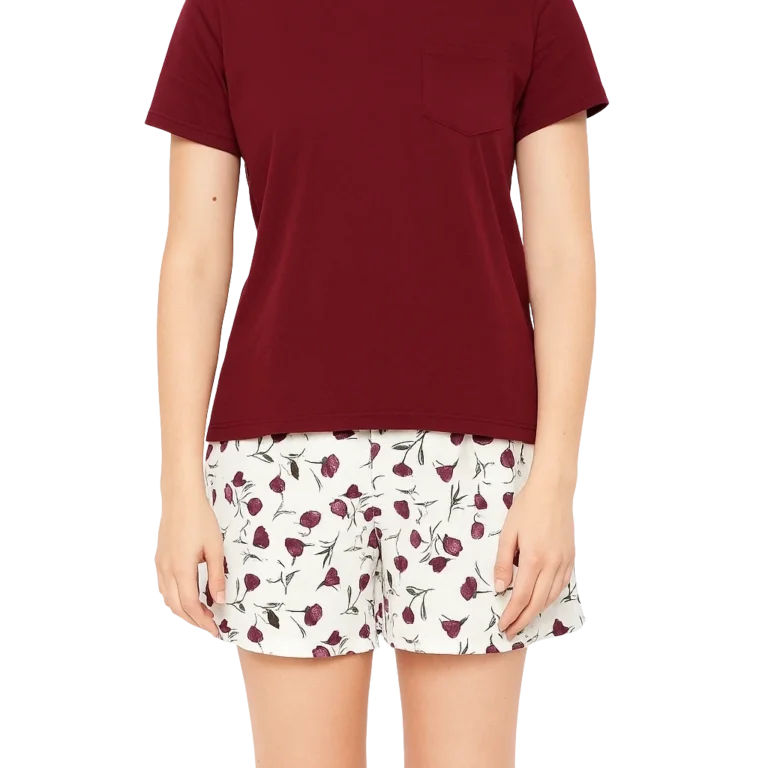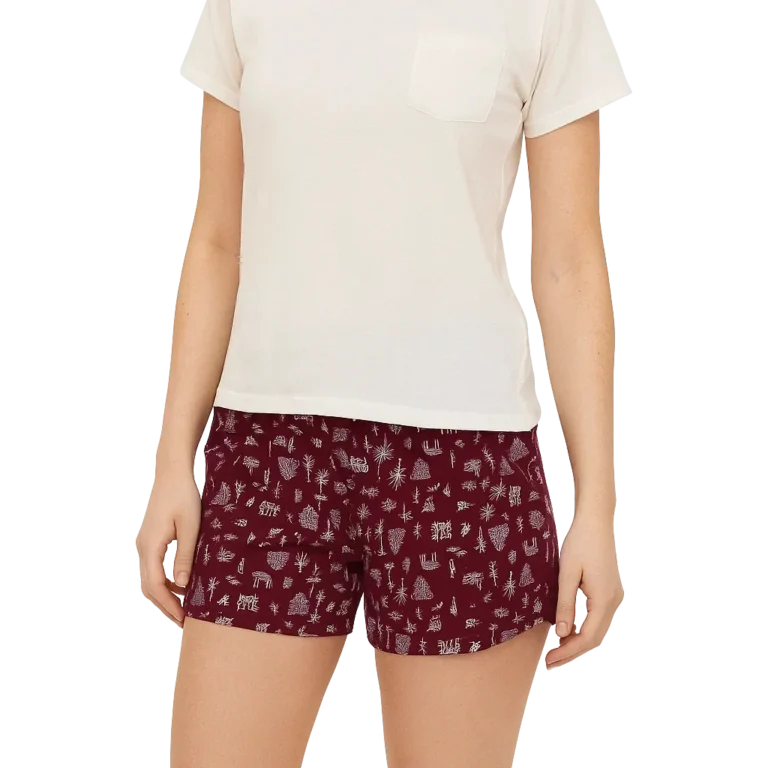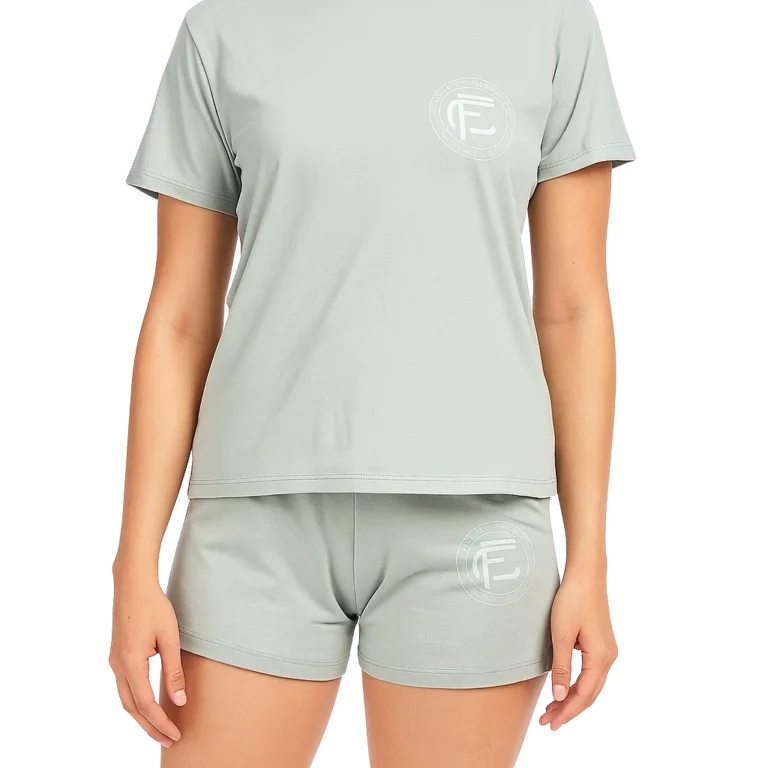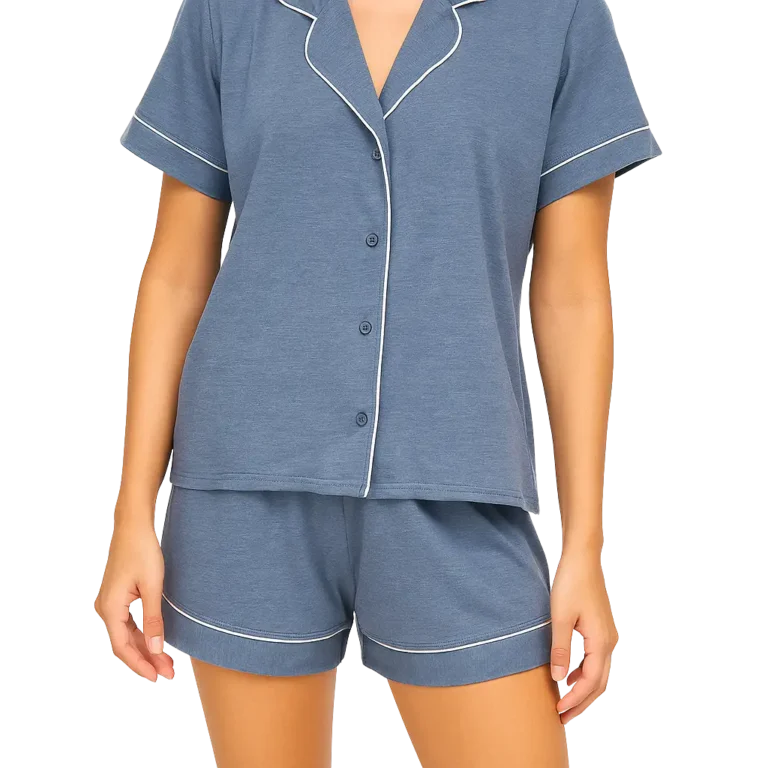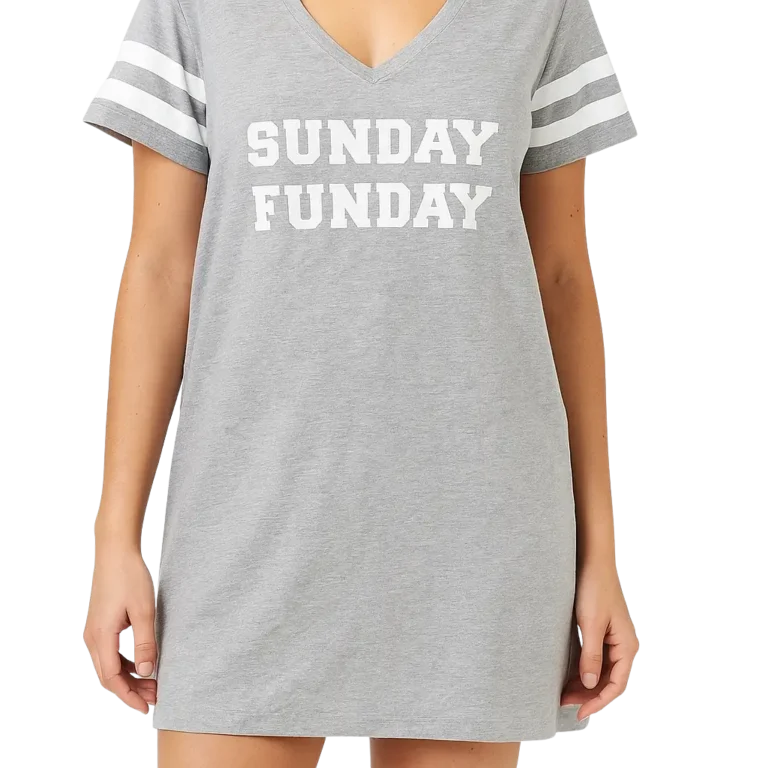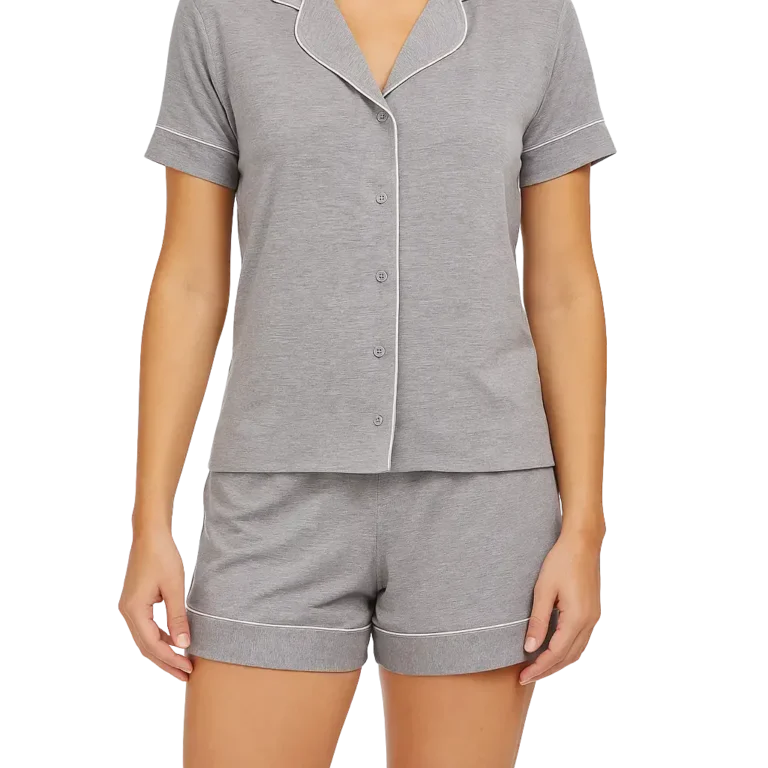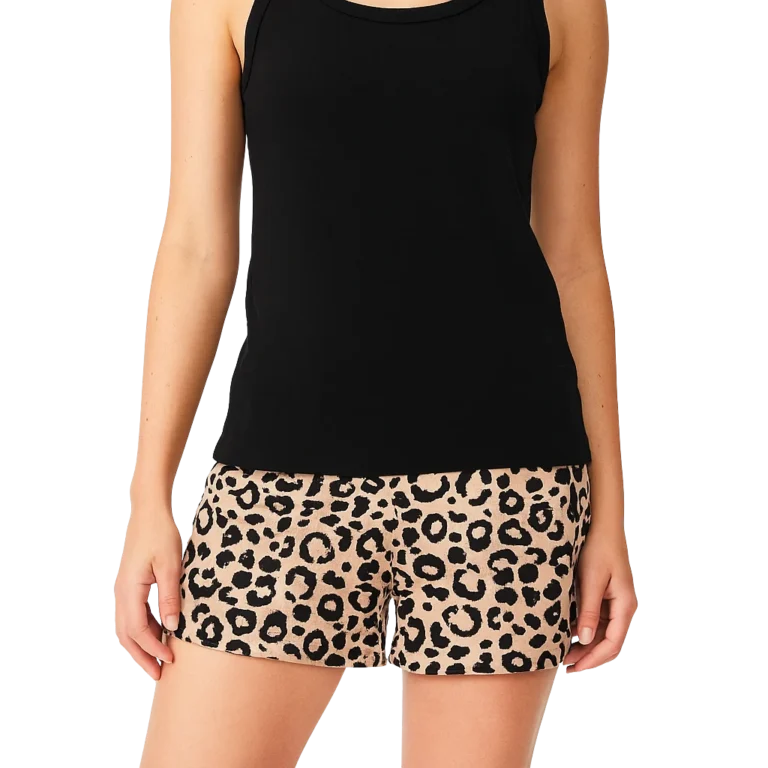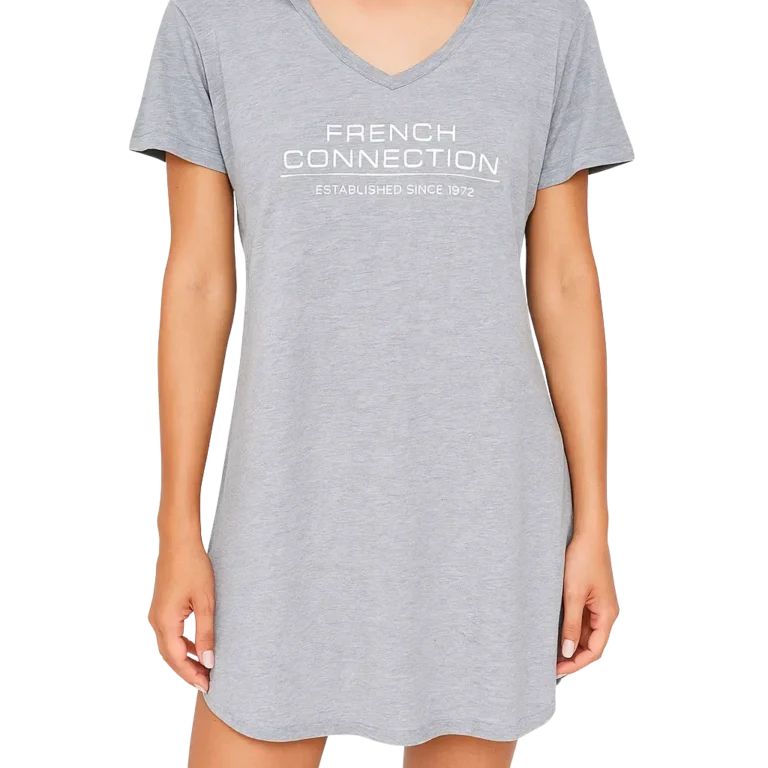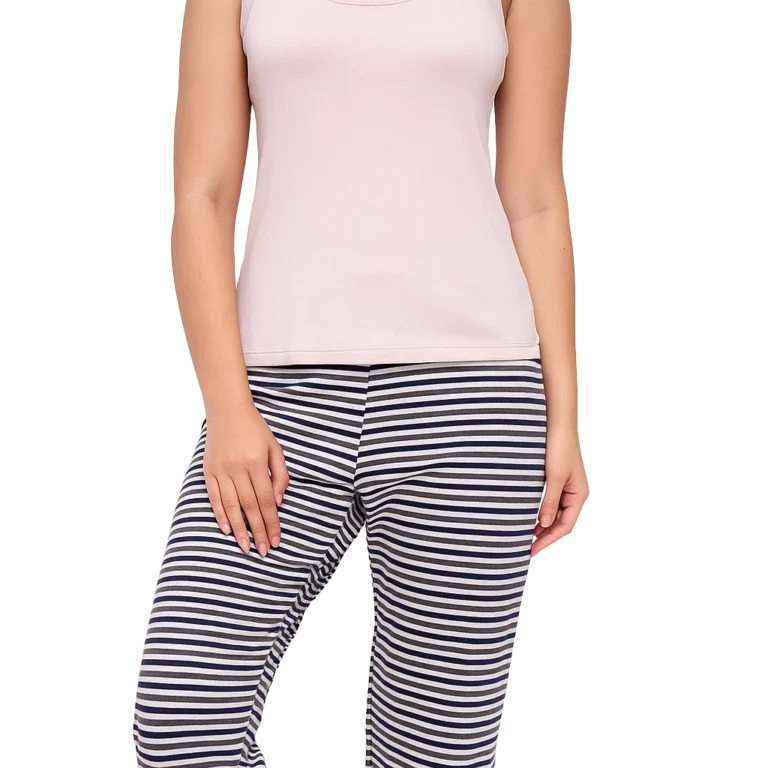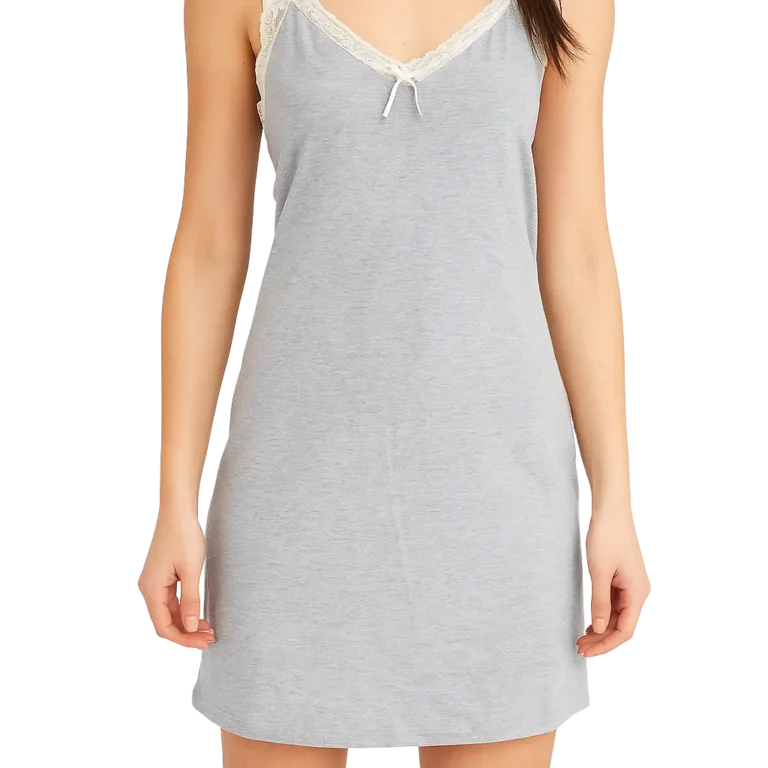The global kidswear market is projected to surpass USD 300 billion by 2030, driven by eco-conscious parents, e-commerce adoption, and new brand launches. For buyers sourcing from India – especially Tiruppur, the knitwear capital – understanding where kidswear manufacturing is headed in 2025 is crucial.
In this article, we explore the top 10 kidswear manufacturing trends shaping sourcing decisions, fabrics, and compliance requirements. Whether you’re a startup brand exploring low MOQ manufacturing or an established retailer expanding into private label sleepwear, these insights will help you plan smarter.
1. Fabric Innovation Beyond Organic Cotton
It’s not enough to just say “organic cotton” anymore. Buyers are asking for new blends that solve practical problems in kidswear:
Bamboo–cotton → naturally antibacterial, perfect for baby bodysuits.
Tencel™ Modal blends → silky finish for premium pajamas.
Recycled polyester–cotton → durability for playwear and uniforms.
In Tiruppur, mills are experimenting with enzyme-washed bamboo jerseys and Tencel spandex interlocks specifically for children’s apparel.
👉 Explore our detailed guide on organic cotton clothing suppliers in Tiruppur to see how these fabrics are shaping the market.
2. Compliance Becomes a Sales USP
Parents in the US and EU now ask: “Is this safe?” not “Is this cute?”. Buyers demand CPSIA-compliant labels, flame-resistant sleepwear certifications, and OEKO-TEX approved dyes.
Some exporters now deliver compliance dossiers with every shipment, making it easier for brands to sell online or in regulated markets.
👉 If you’re planning US expansion, see our post on US-compliant flame resistant sleepwear from India.
3. Personalization & Micro Collections
Instead of mass runs, 2025 is seeing hyper-targeted capsule collections:
“Back-to-school minis” (200 pcs)
“Winter PJ drops” with custom prints
“Sibling sets” for gifting
Factories in Tiruppur are adapting with digital print-on-demand services and short-run collections.
💡 At Mirthuni Apparel, we help startups test new designs with low MOQs before committing to scale.
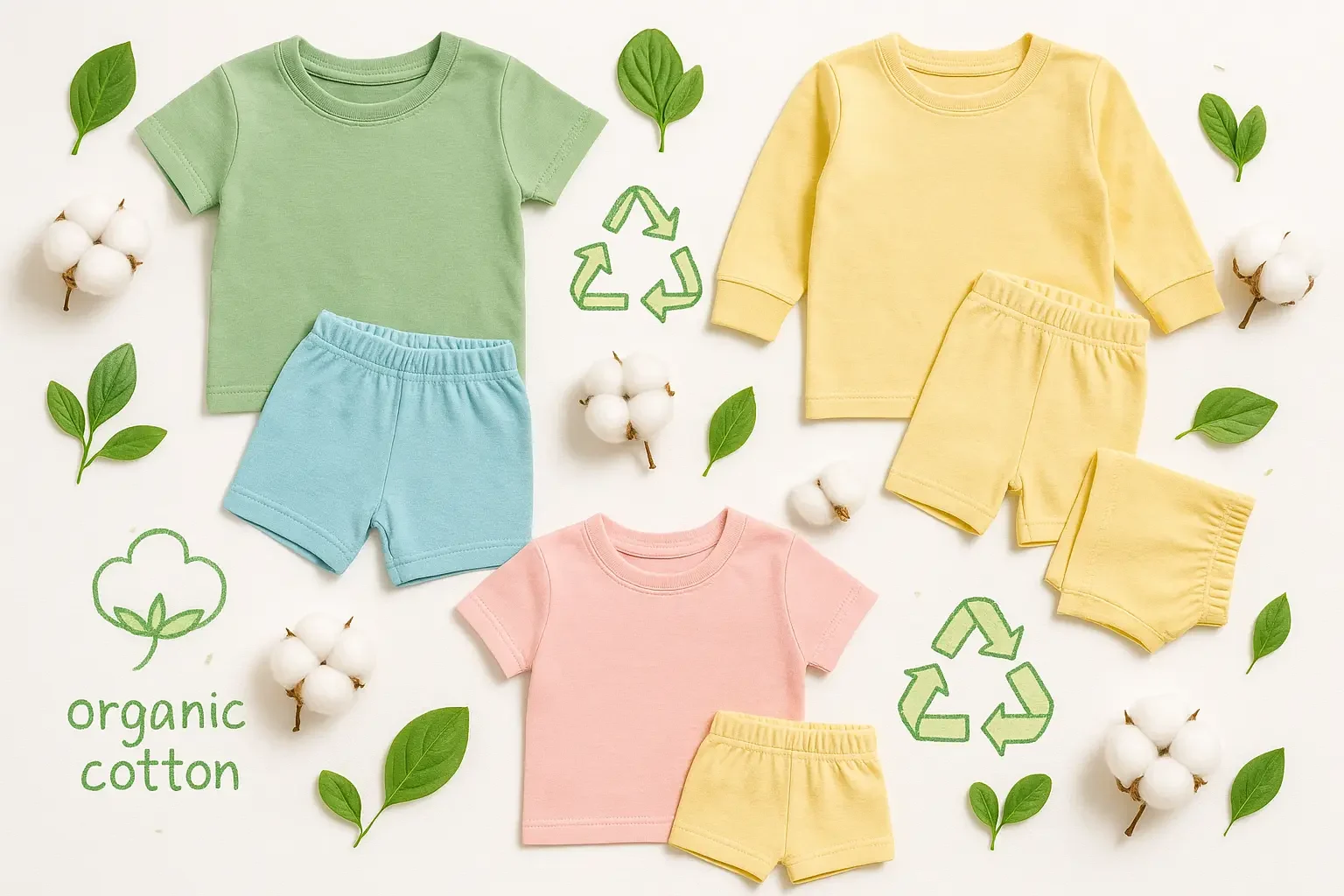
4. Hybrid Functional-Fashion Kidswear
Practicality is merging with style:
School polos with moisture-wicking finish
Pajamas with flat seams to prevent irritation
Joggers with adjustable elastic waistbands
These small but important details add premium value and win repeat buyers.
5. Gender-Neutral Is Moving Mainstream
Instead of separate racks for boys and girls, more retailers are carrying unisex baby and kidswear. Neutral palettes like sage green, oatmeal, and pastel yellow are trending worldwide.
👉 Discover how Tiruppur is leading in private label garment sourcing.
6. Streetwear-Inspired Kidswear Isn’t a Gimmick
Mini hoodies, oversized tees, cargo joggers, and puff prints are now common requests from buyers. Even premium brands are asking for reflective patches and puff-ink logos for kids.
This mirrors the adult streetwear trend, making it one of the most profitable niches for private label kidswear brands.
7. Smarter Packaging & Eco Labelling
Parents want packaging they trust. Trends include:
Biodegradable zipper bags instead of single-use polybags.
Wash-care QR codes linking to certifications.
Recycled cotton hang tags with textured finishes.
💡 Read our in-depth post on labelling and packaging for garment exports for sustainable branding ideas.
8. Technology Shortens Timelines
Buyers can’t wait months. 3D sampling software, automated cutting machines, and AI-powered size grading are transforming production speed.
In Tiruppur, some factories now promise:
Digital mockup approval in 48 hrs
First proto in 7 days
Bulk within 30 days
👉 Faster approvals mean lower costs and earlier market launches for brands.
9. Traceability & Ethical Manufacturing
Buyers, especially in Europe, want farm-to-fashion transparency. They expect:
Yarn source disclosure
Dye house certifications
QR-coded hang tags for consumers
Blockchain-based supply chain tools are slowly making their way into Tiruppur’s export ecosystem.
10. Seasonal Drops & Direct-to-Consumer Support
Kidswear brands are shifting to monthly or seasonal drops. Factories must:
Handle smaller runs more often
Keep core fabrics stocked year-round
Sometimes even support D2C-ready packaging
This flexibility is now more valuable than bulk capacity.
Comparison: 2020 vs 2025 Kidswear Manufacturing
| Aspect | 2020 Approach | 2025 Trend |
|---|---|---|
| Fabrics | Organic cotton (basic) | Bamboo, modal, recycled blends |
| Compliance | OEKO-TEX optional | Mandatory CPSIA, FR, REACH |
| MOQ | 500–1000 pcs | 50–200 pcs (low MOQ) |
| Design | Boys vs Girls collections | Unisex, functional design |
| Packaging | Standard polybags | Biodegradable, QR-linked tags |
| Speed to Market | 90–120 days | 30–45 days with 3D sampling |
Conclusion
Kidswear manufacturing in 2025 is defined by sustainability, compliance-led design, low-MOQ flexibility, and speed-to-market. Tiruppur is uniquely positioned to serve brands across the US, EU, and UK with certified factories, sustainable fabric mills, and rapid sampling setups.
👉 Looking to launch your own kidswear line? Mirthuni Apparel Sourcing Service connects you with certified Tiruppur factories, ensures compliance for US/EU safety standards, and delivers private label kidswear programs tailored to your brand.
📩 Get in touch with us today to start developing your custom kidswear collection.
